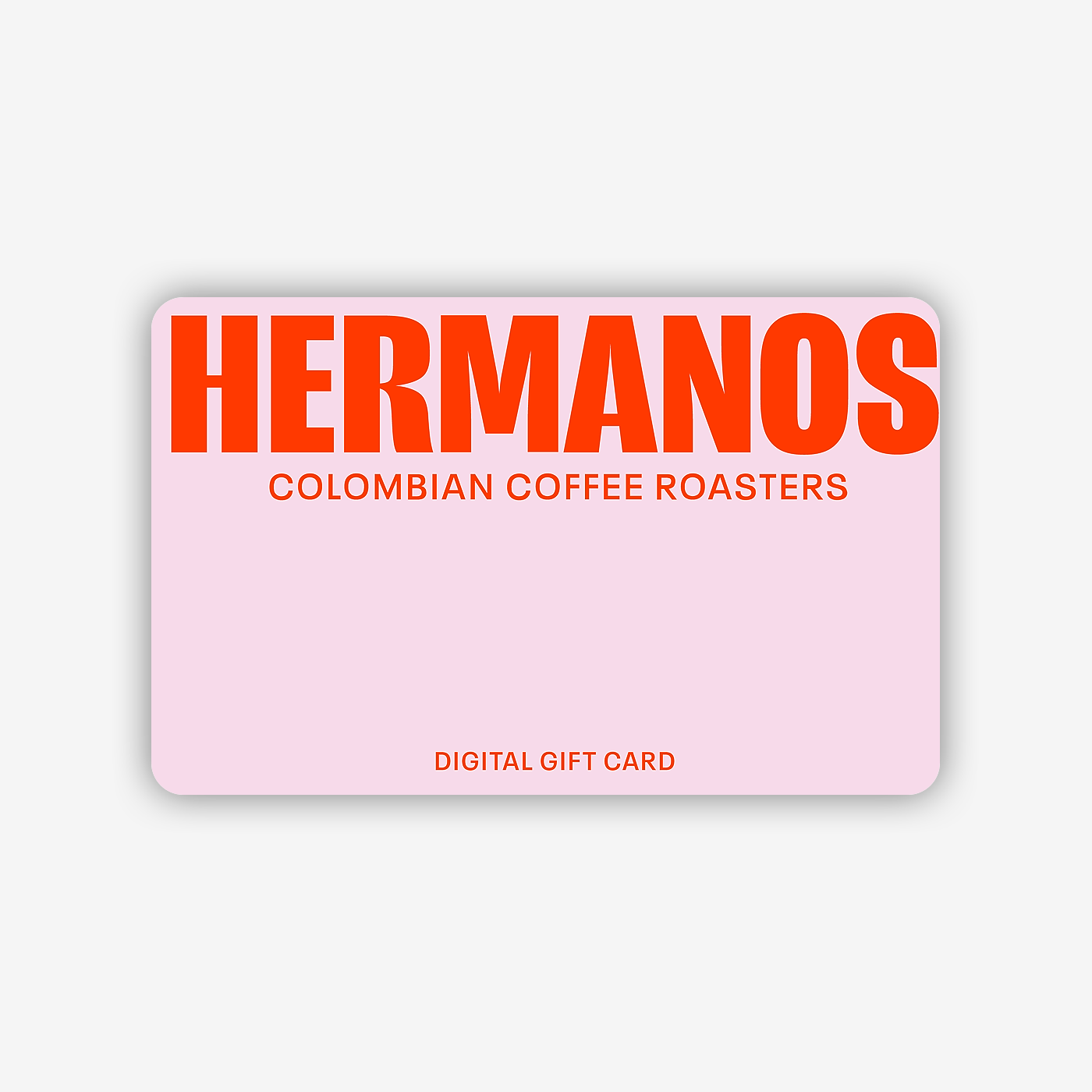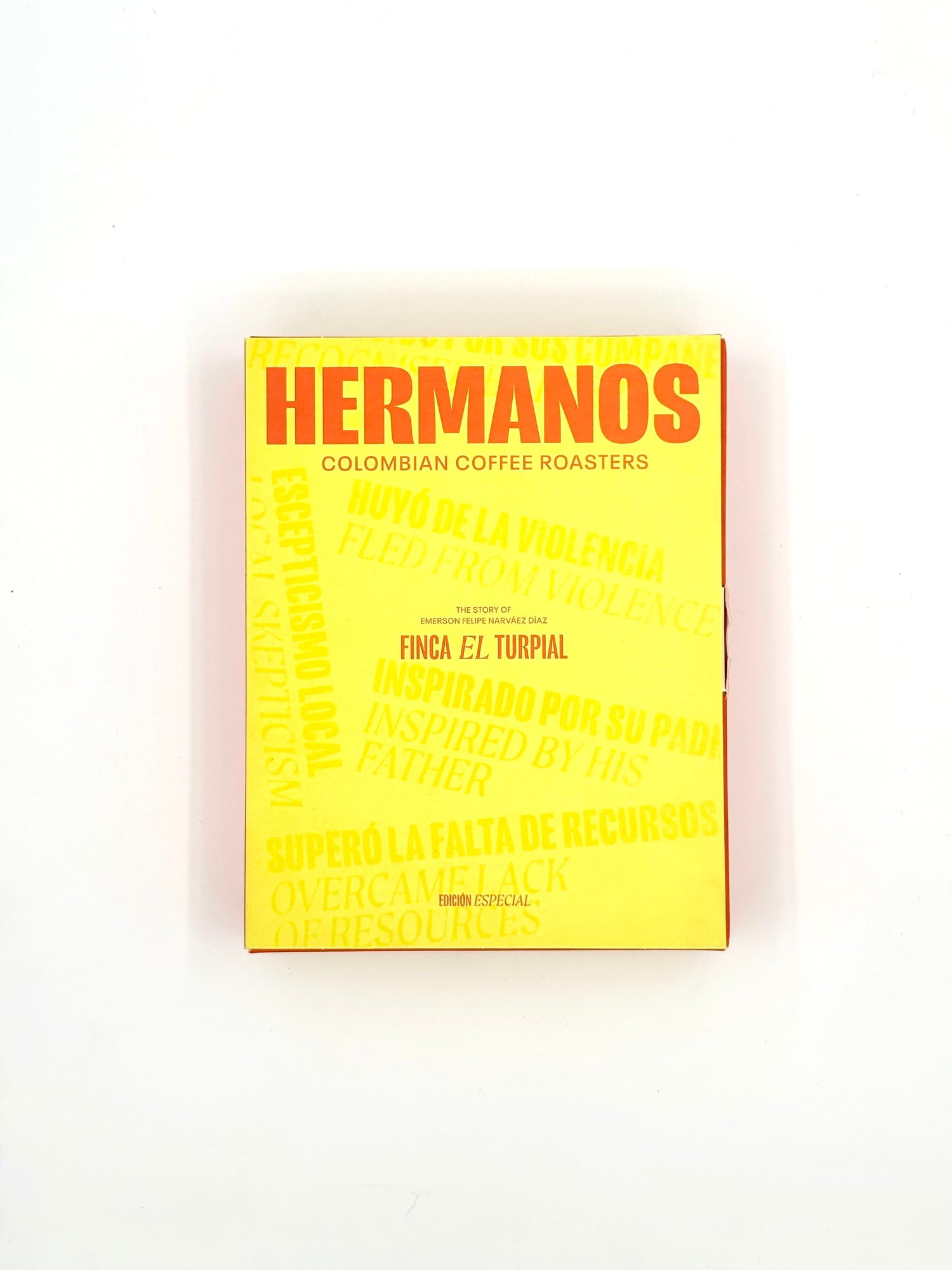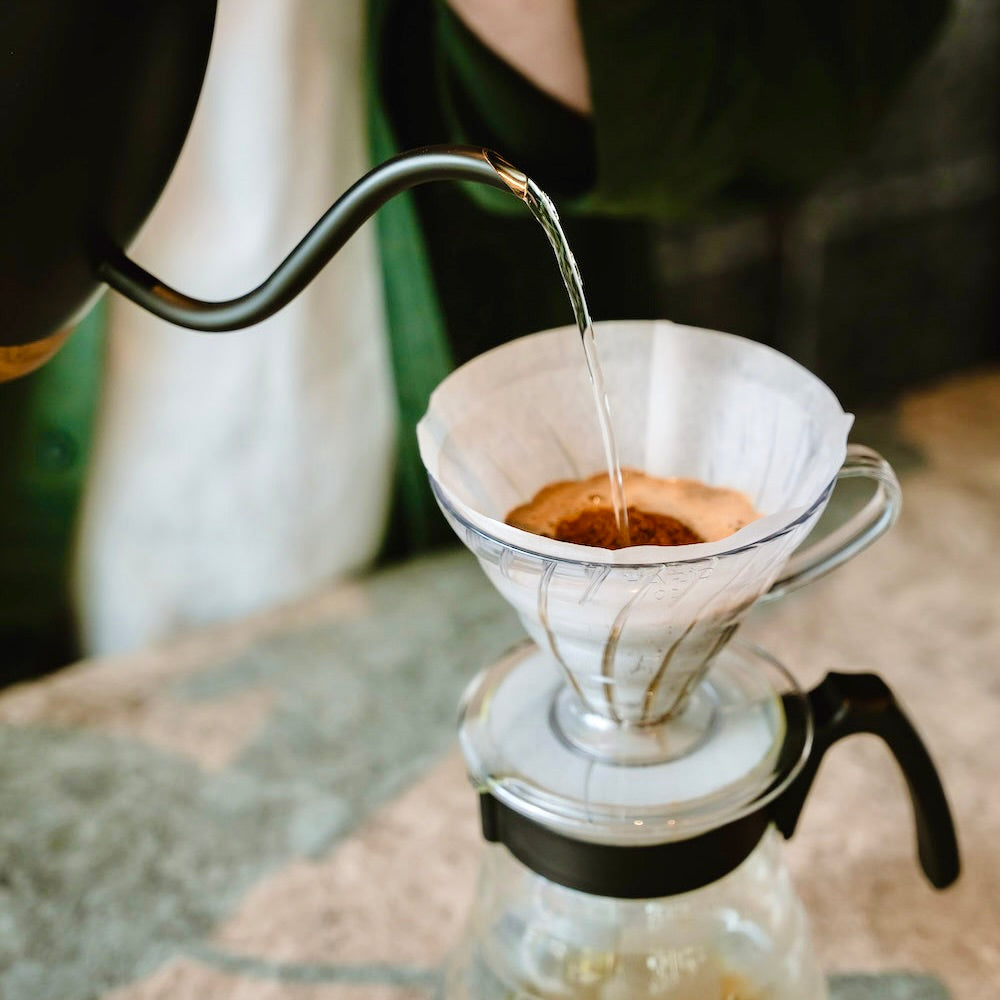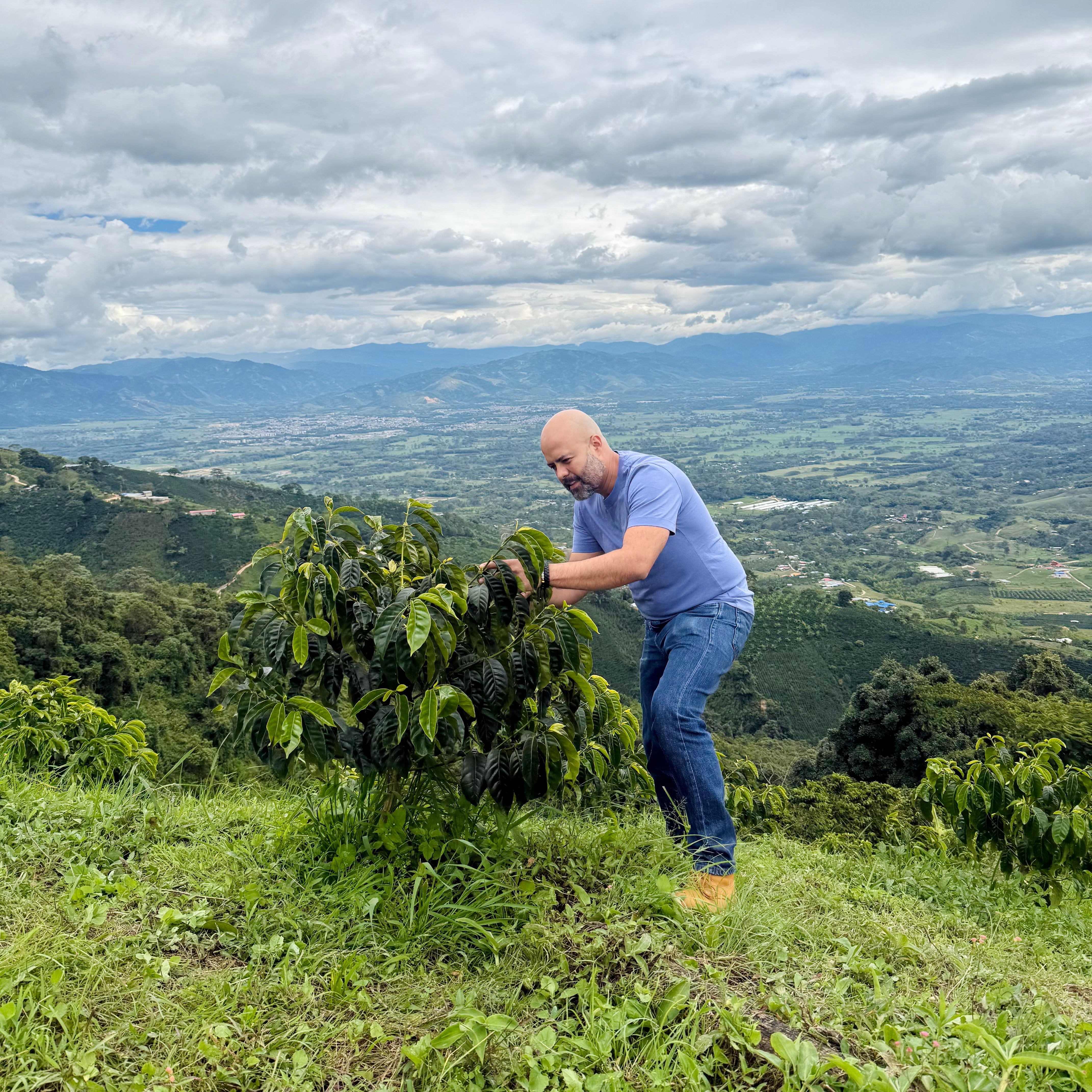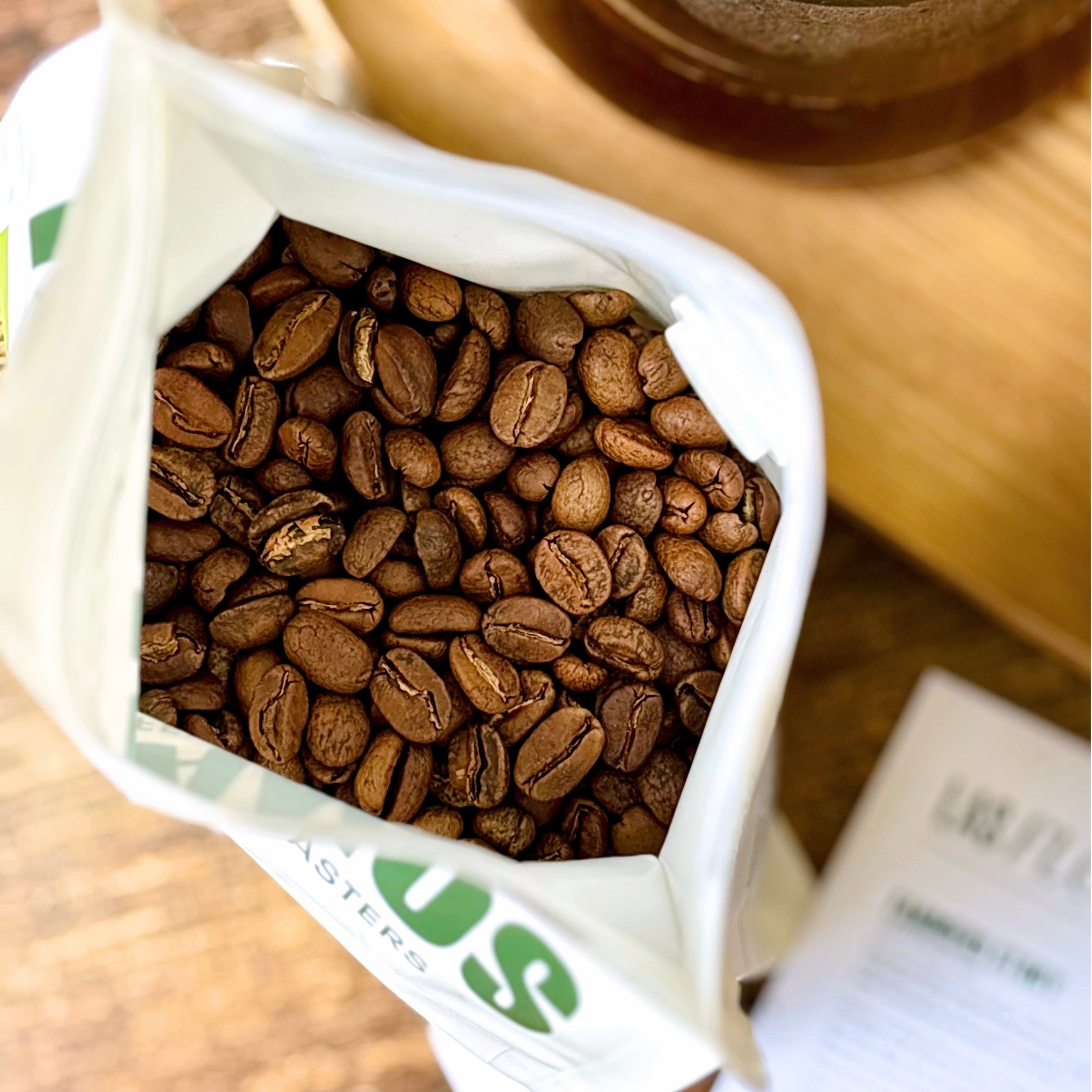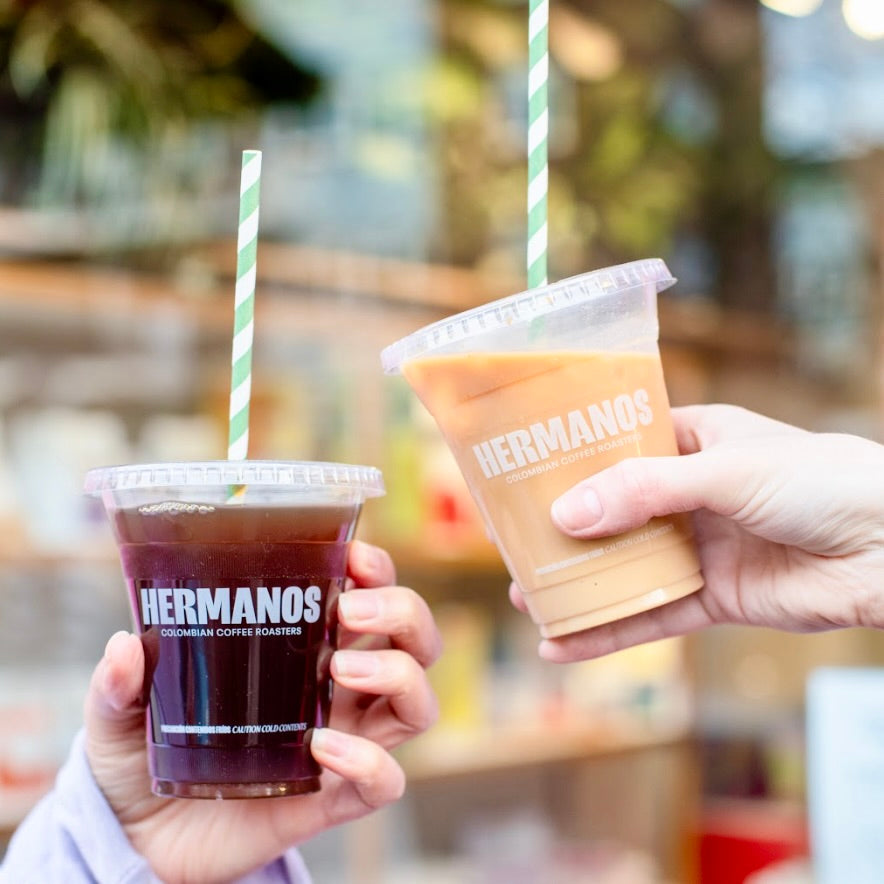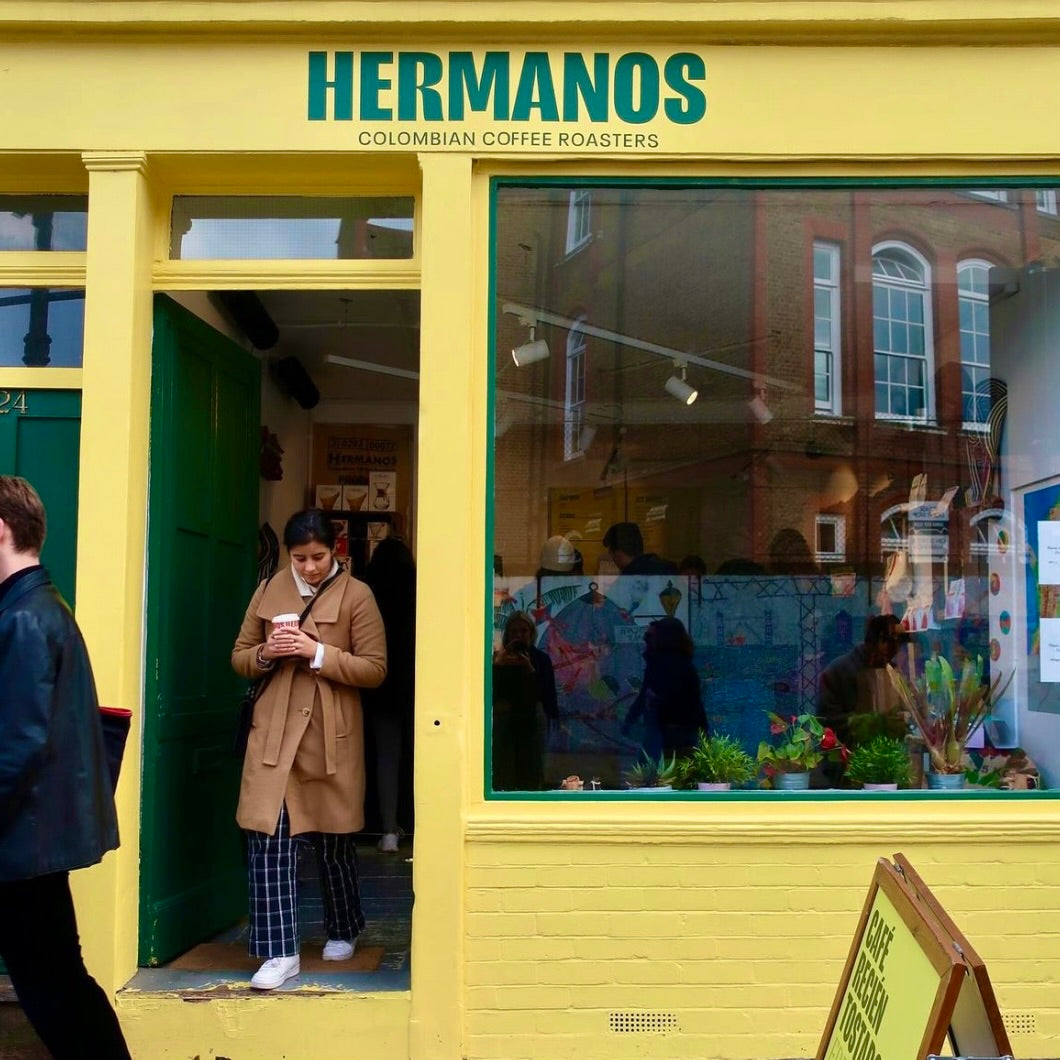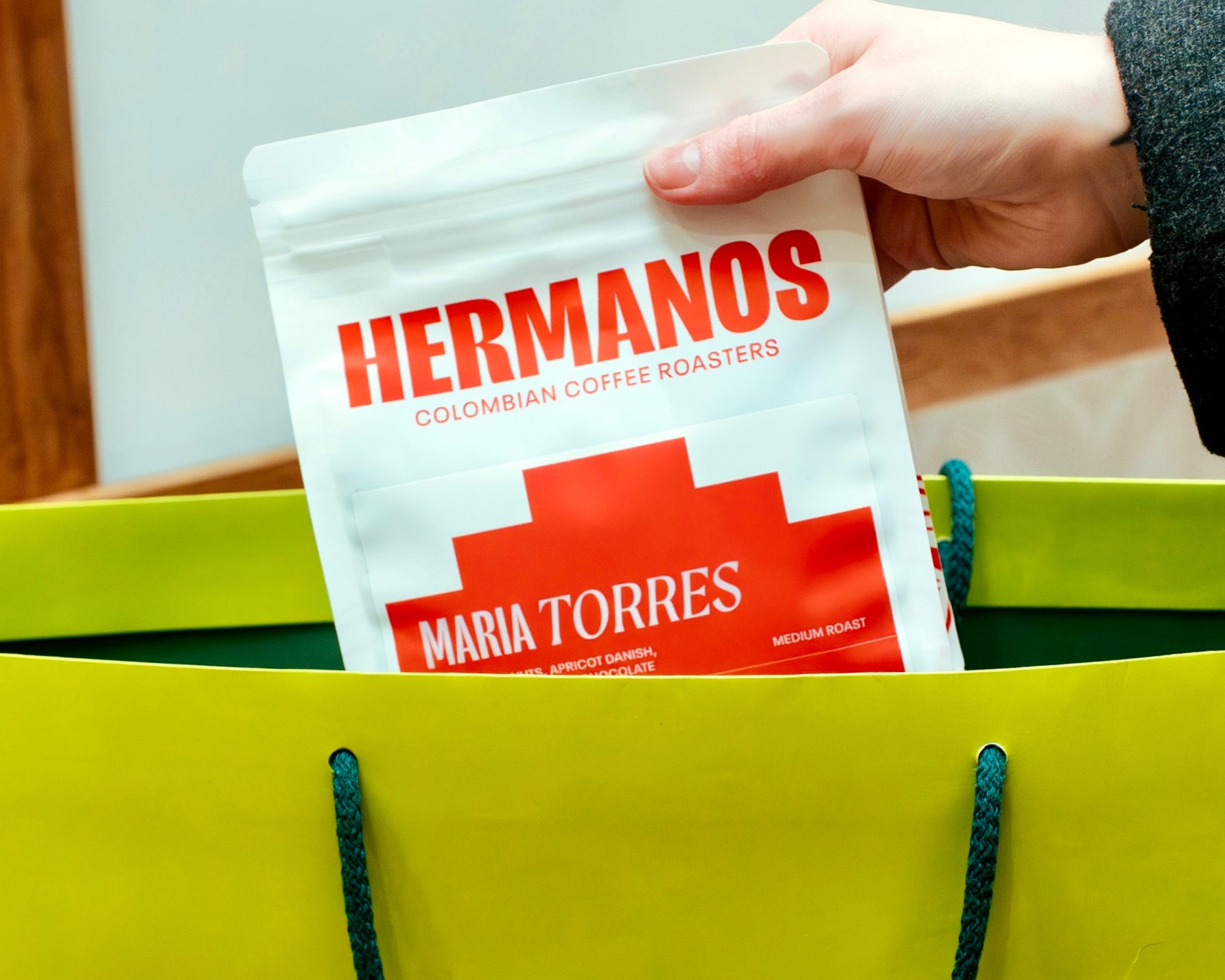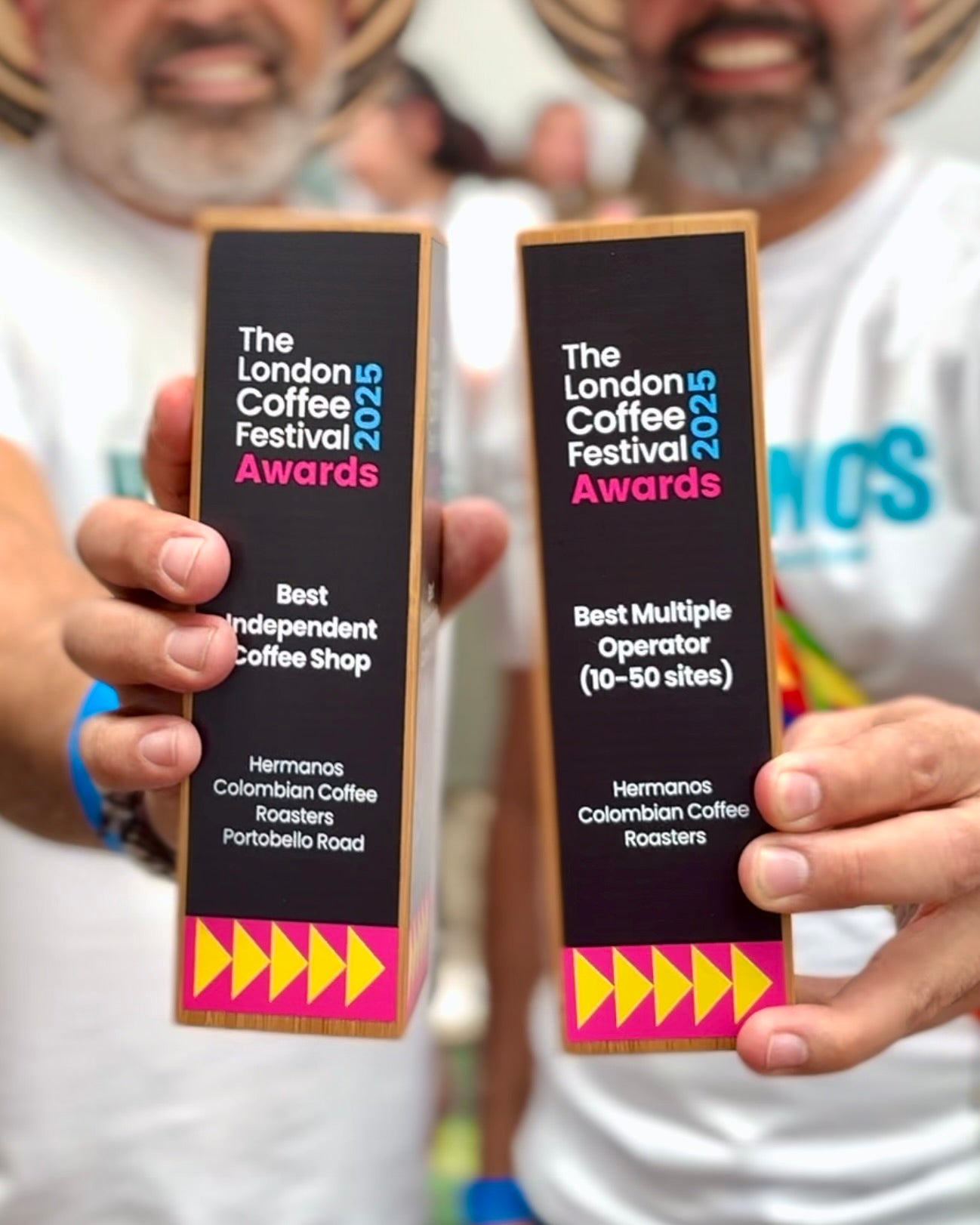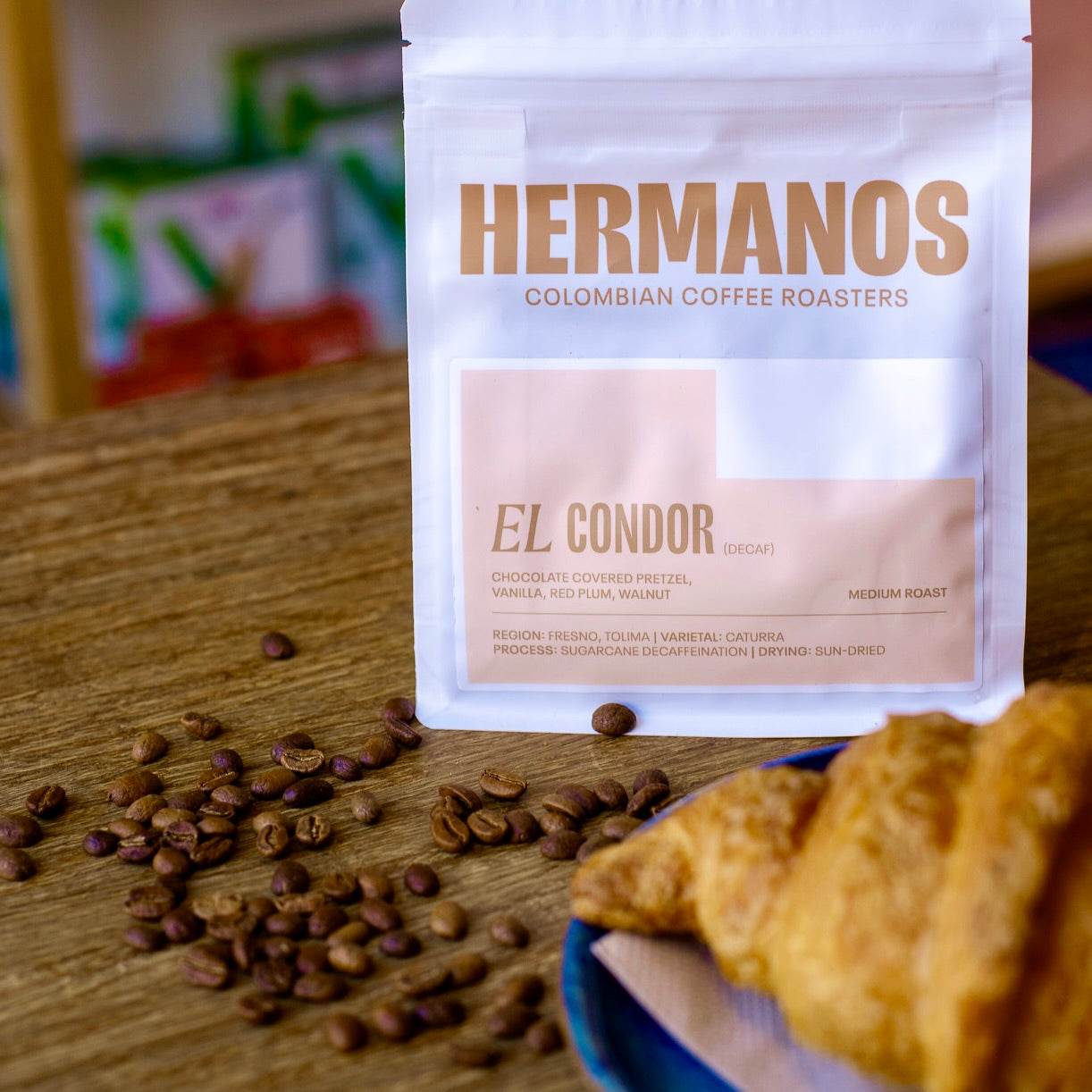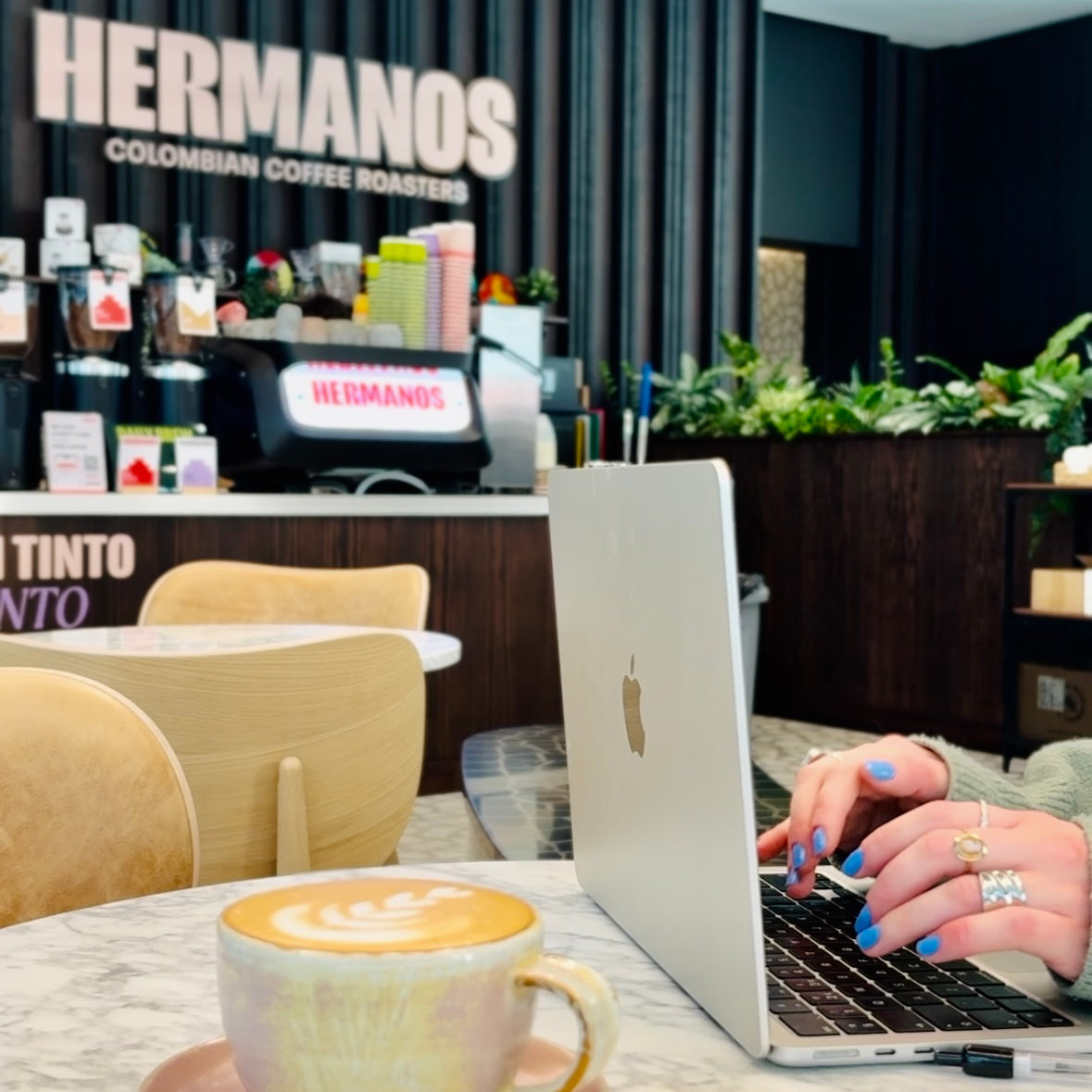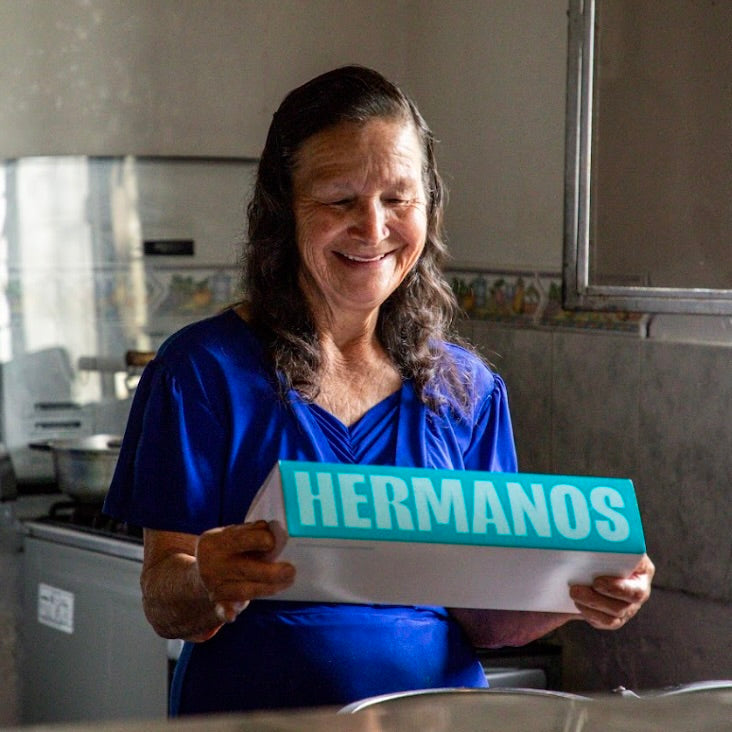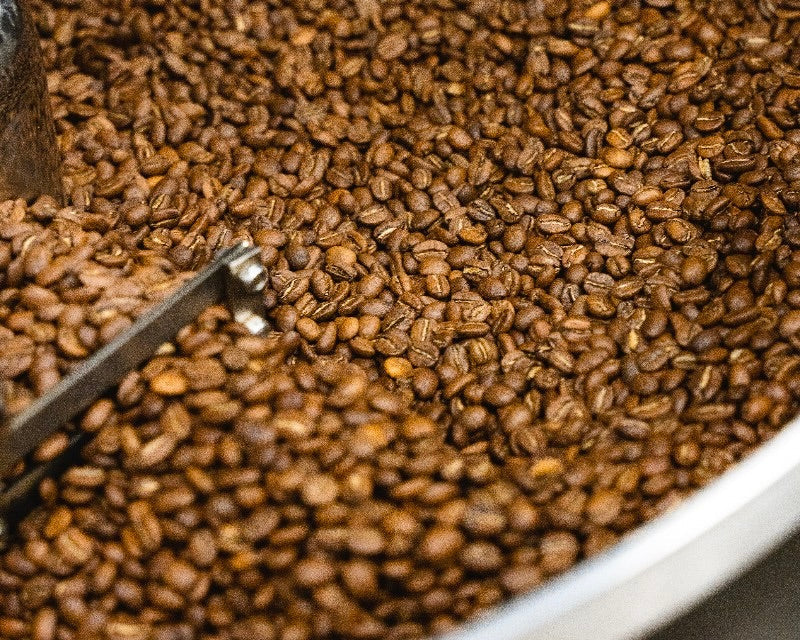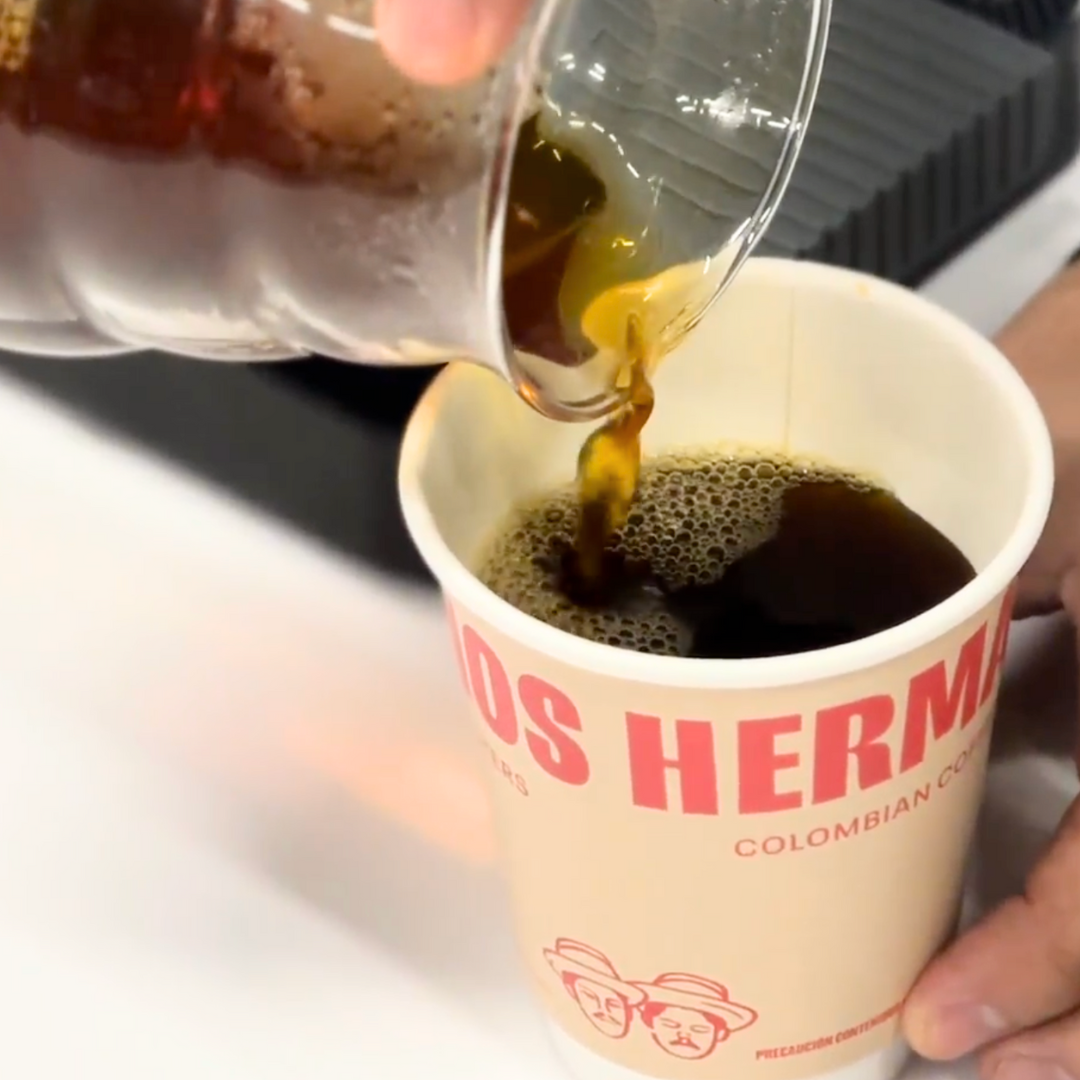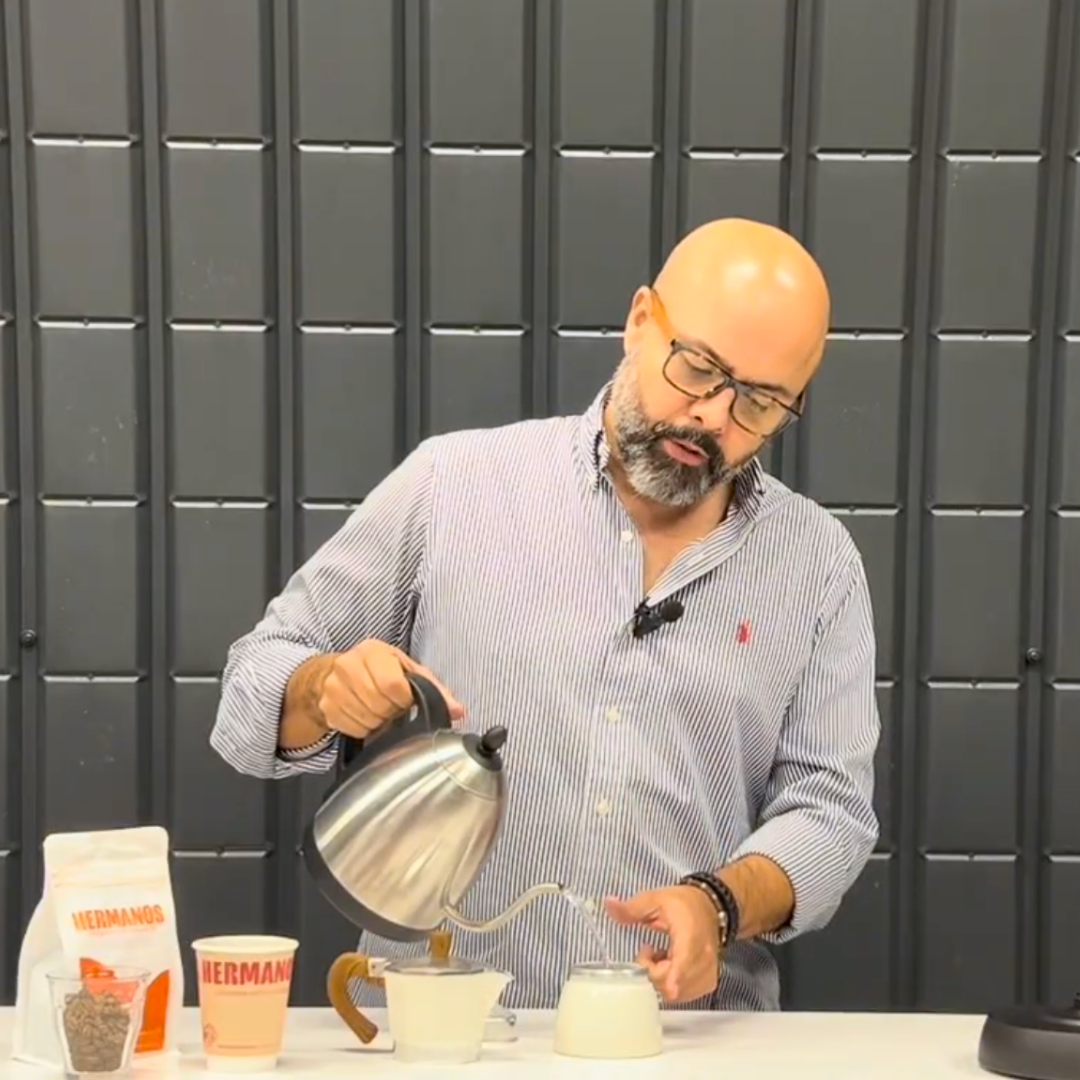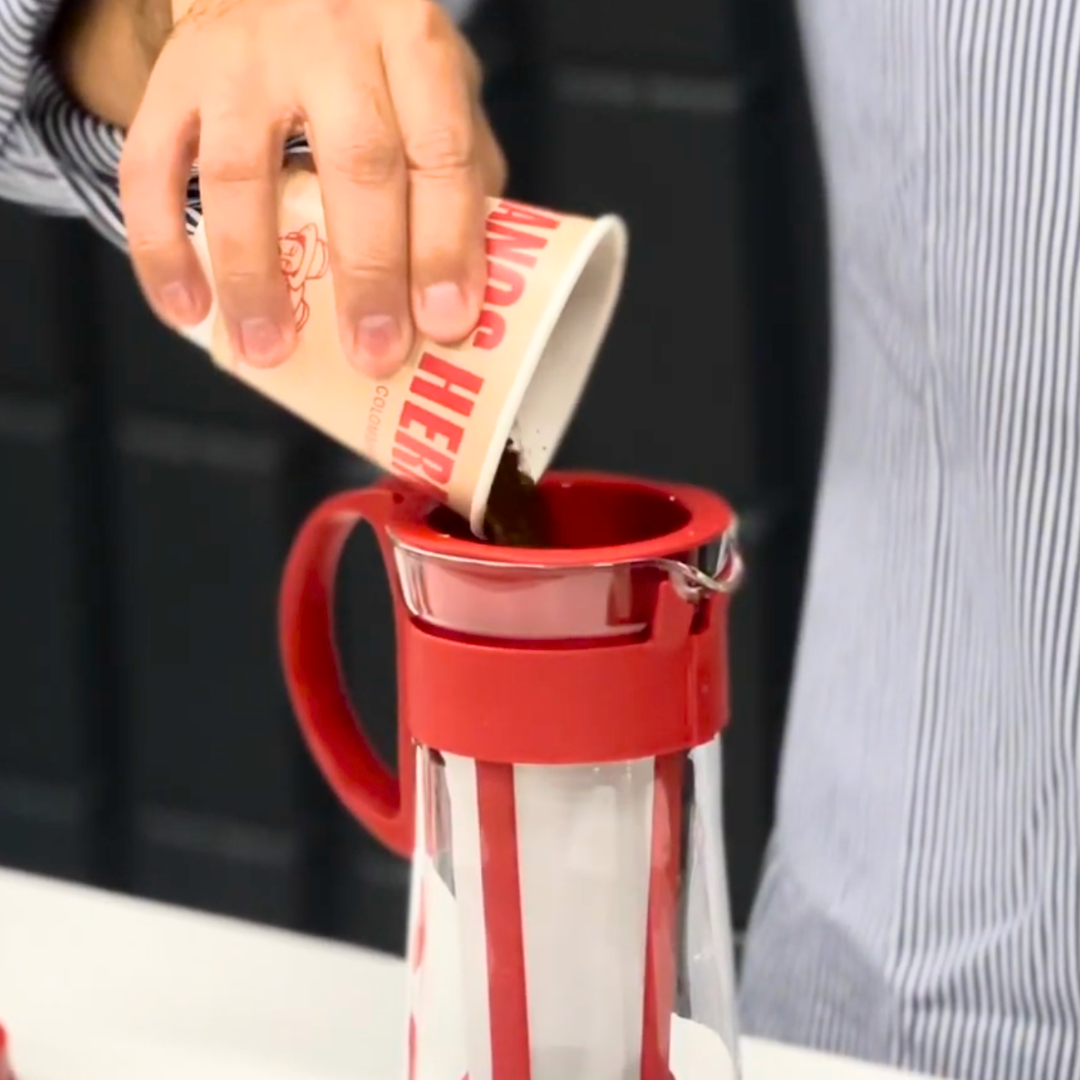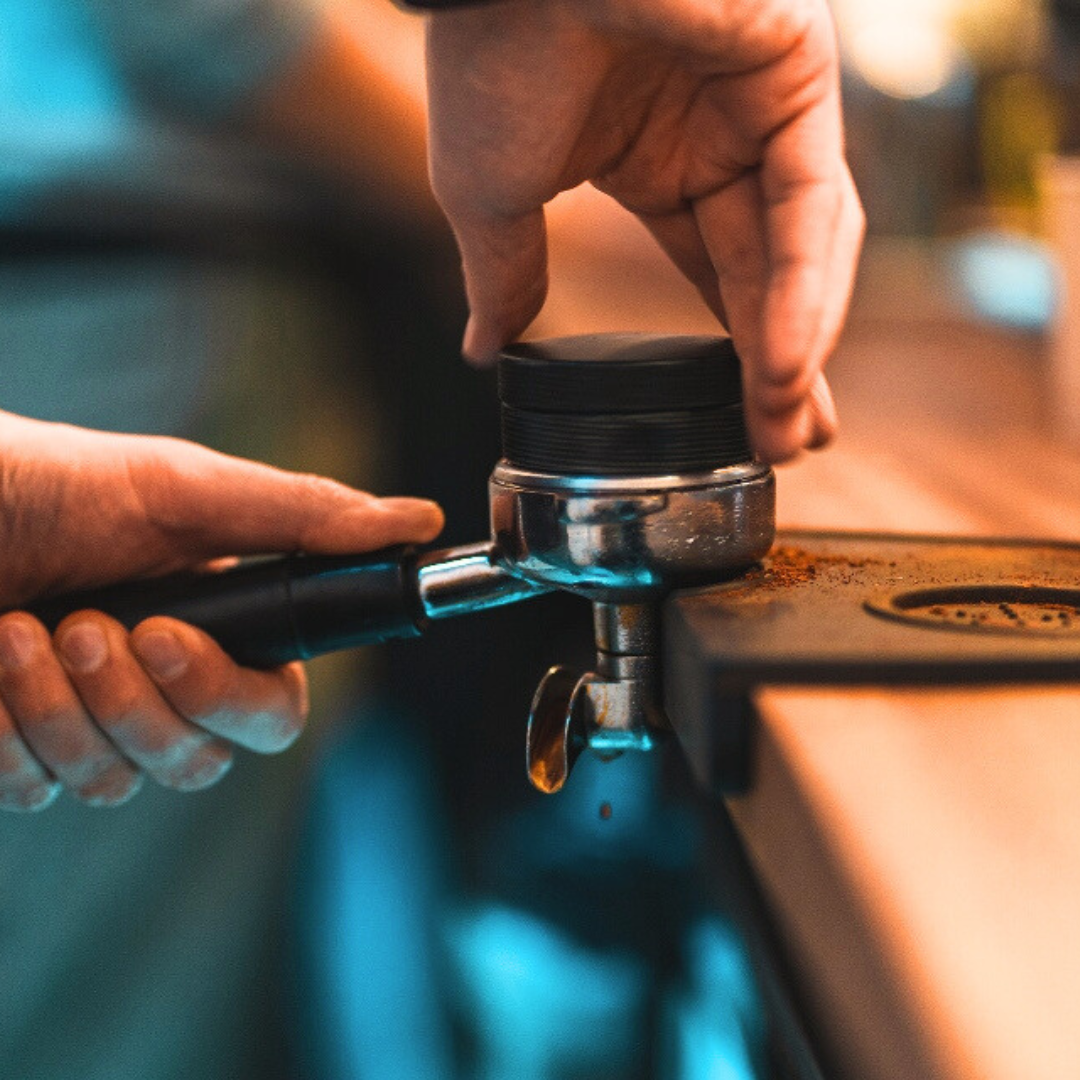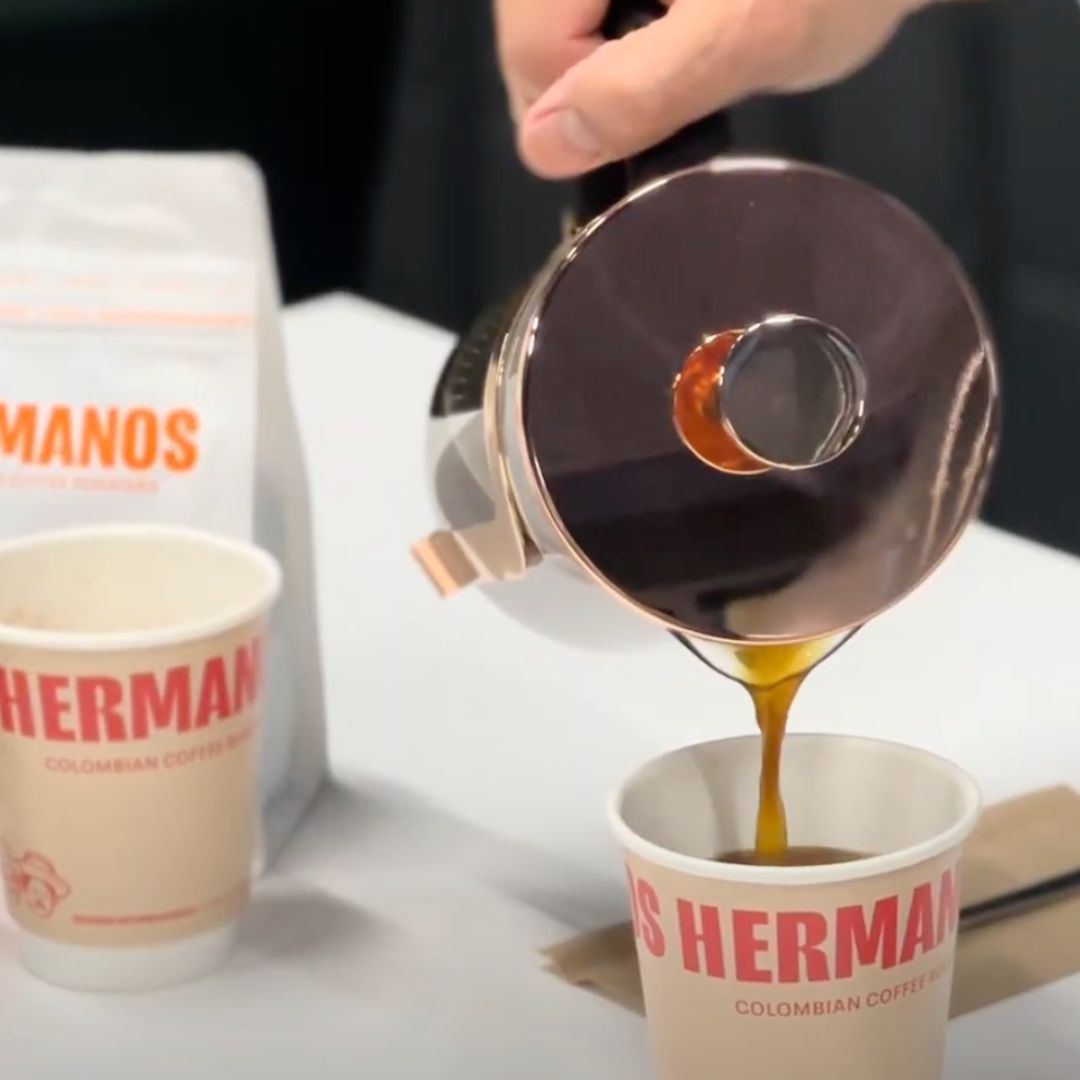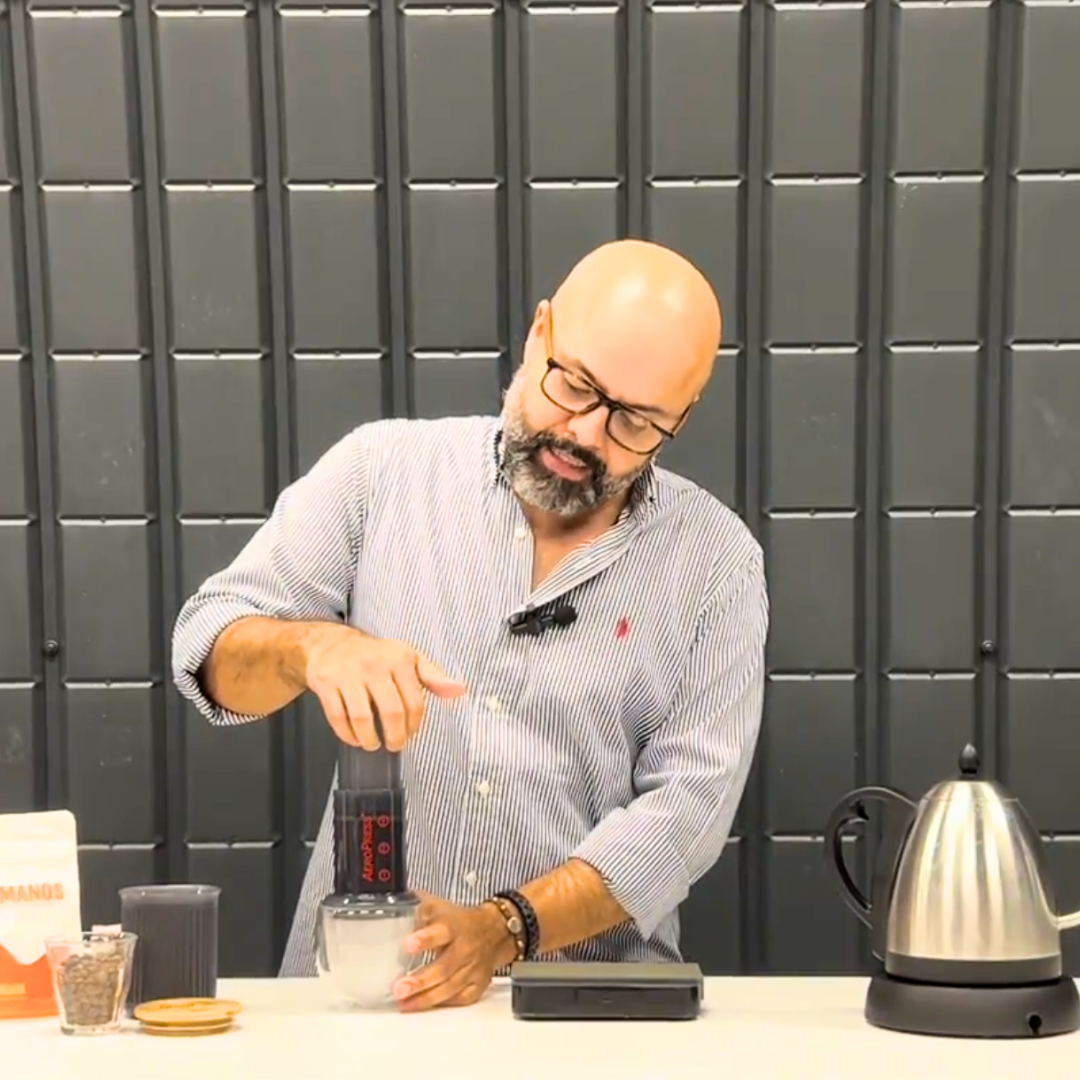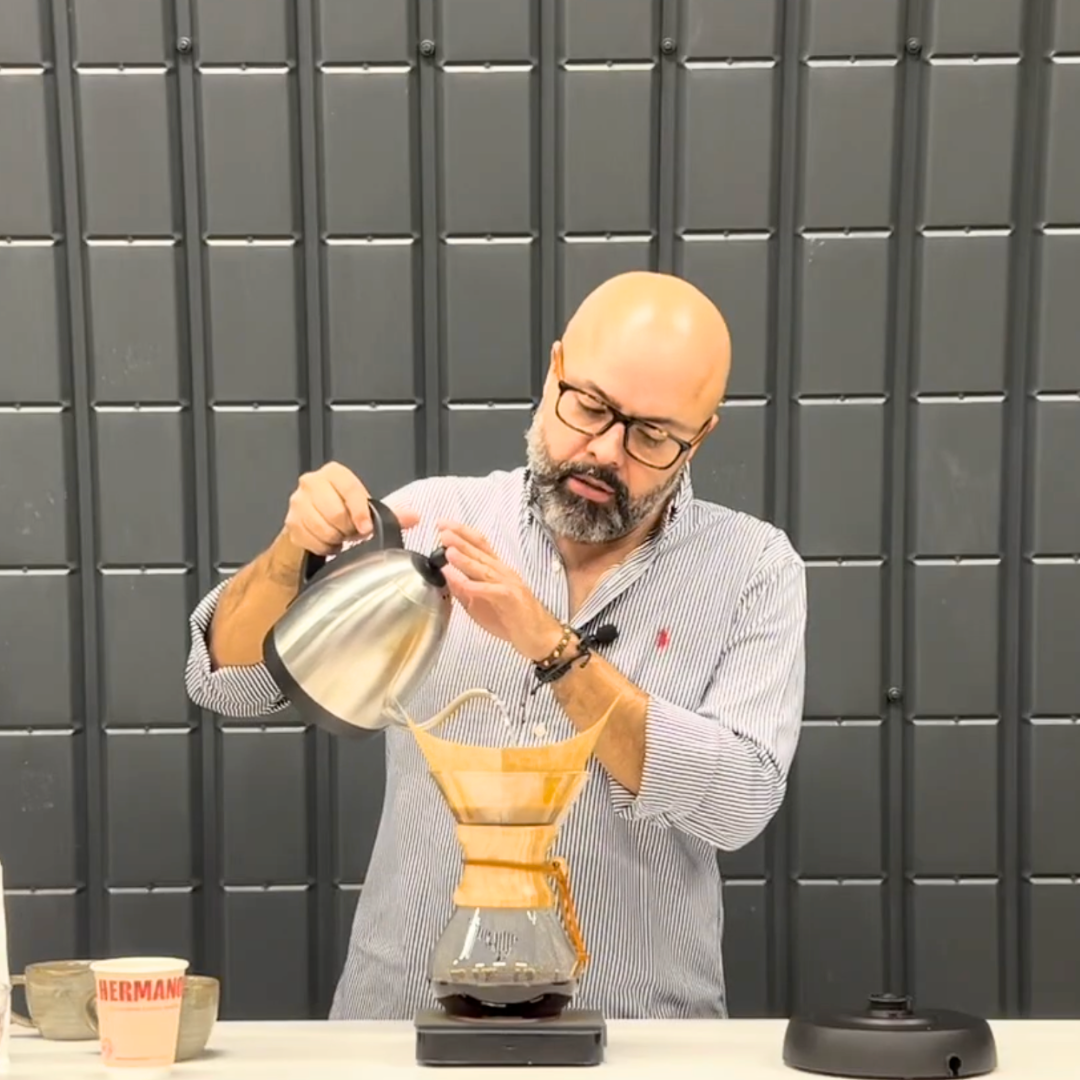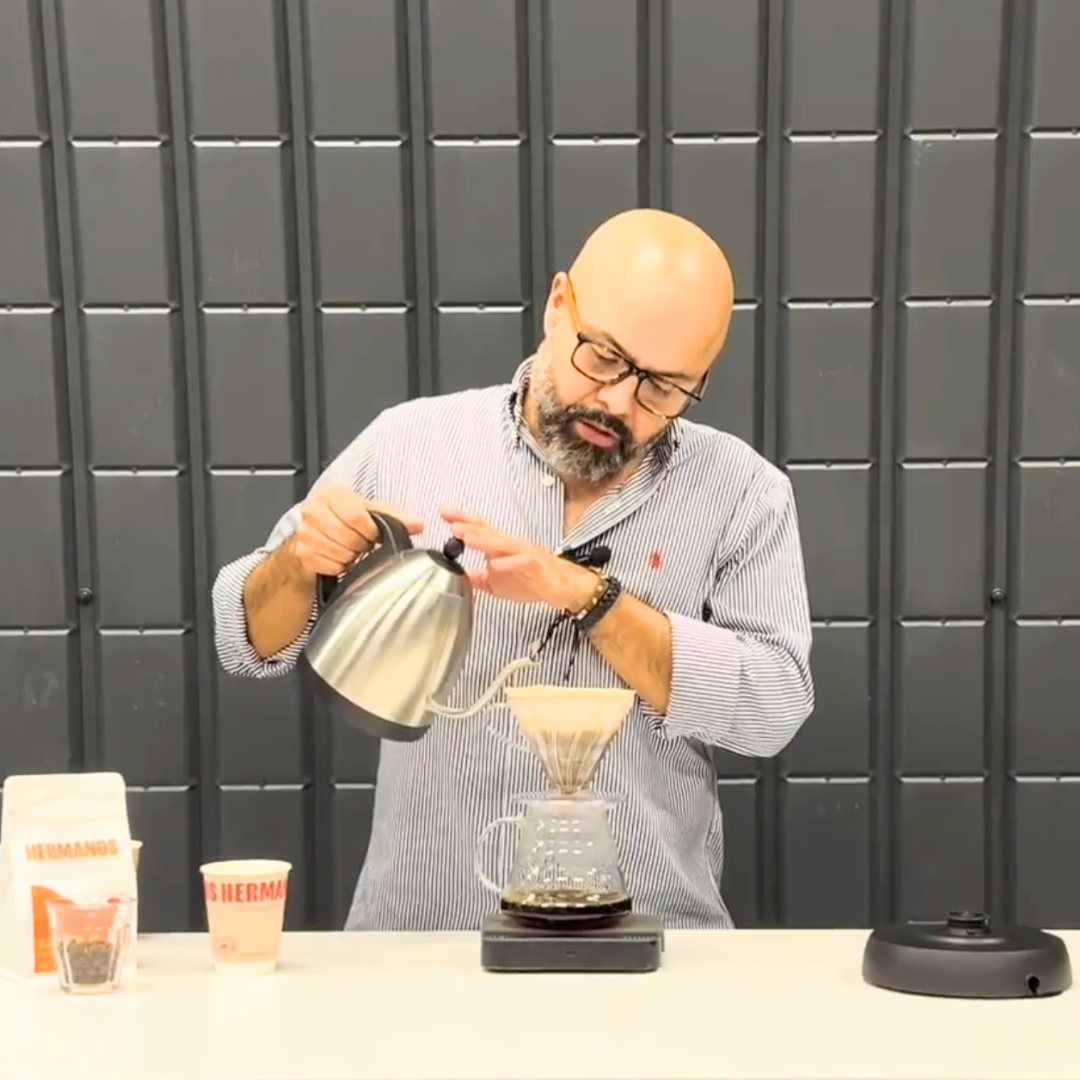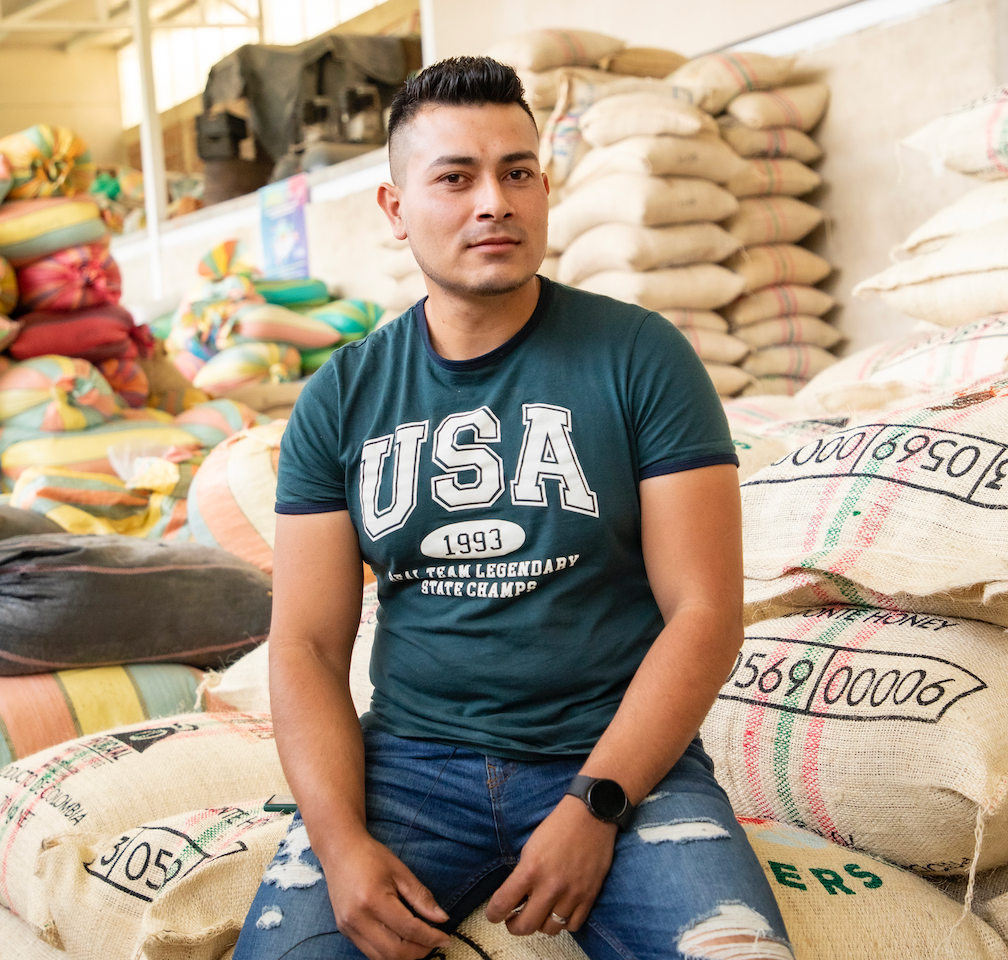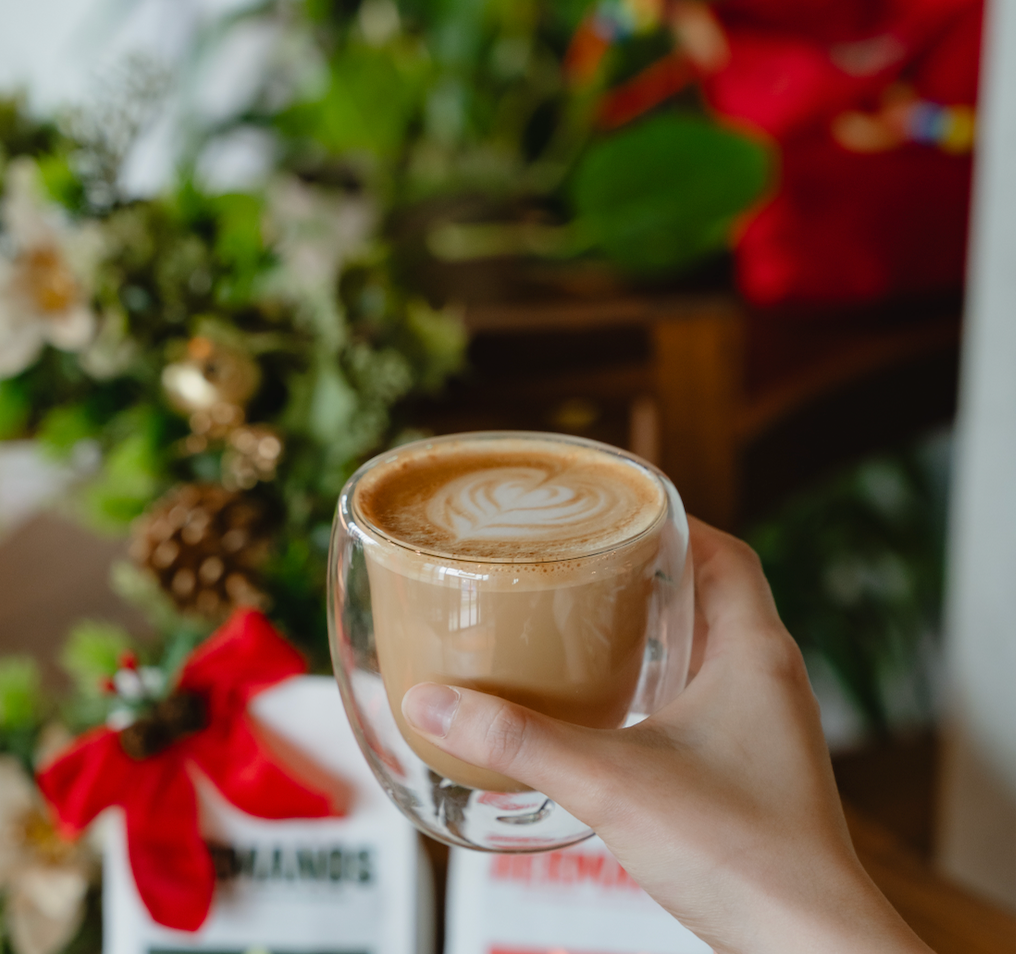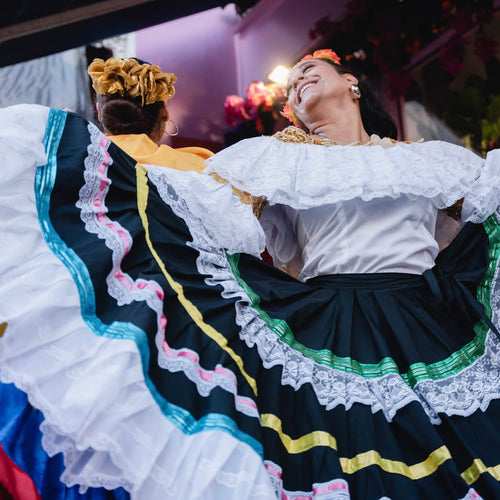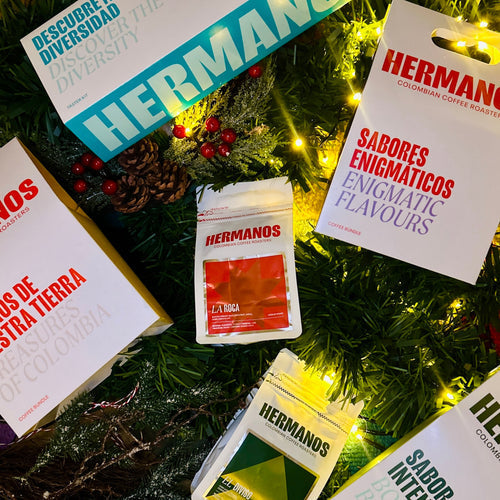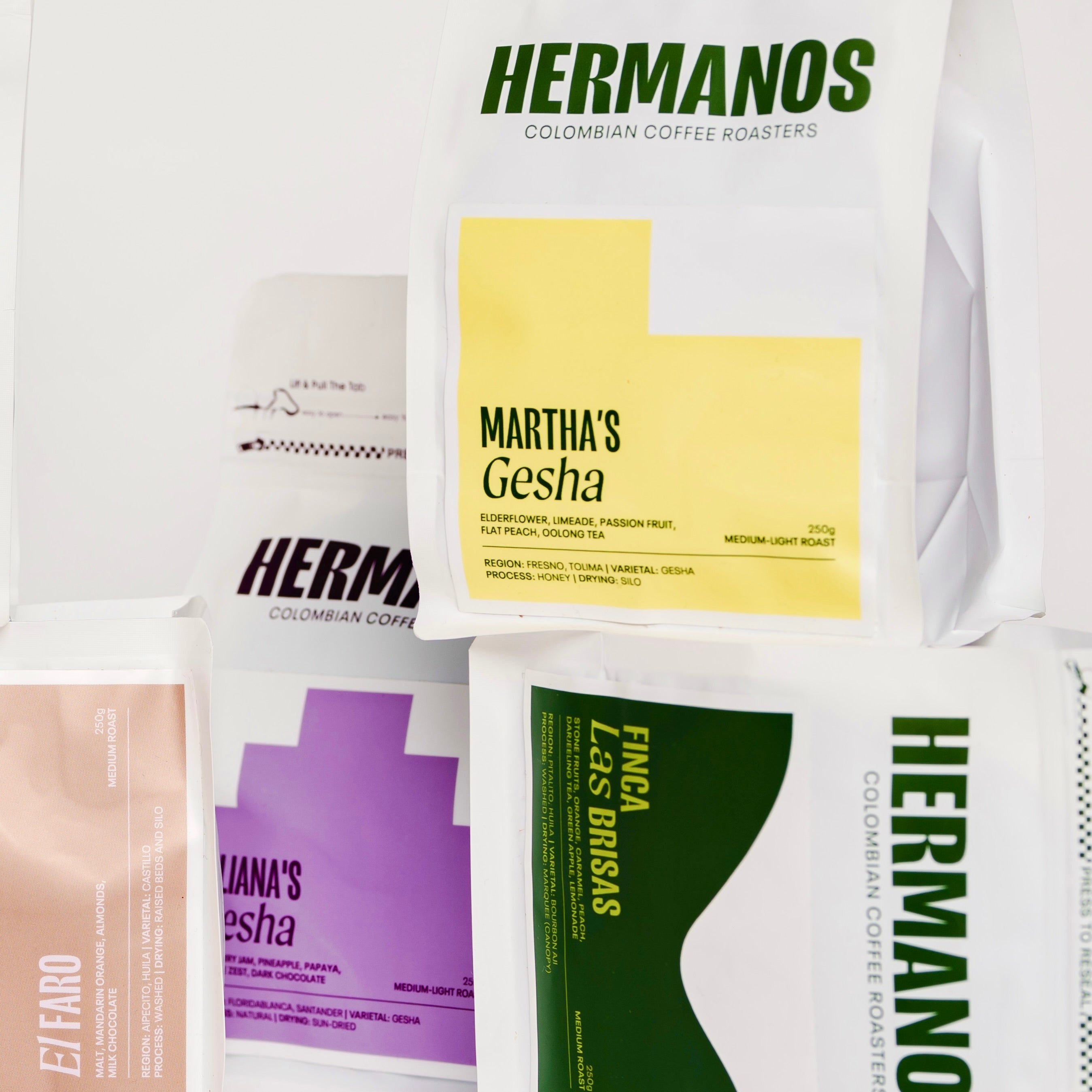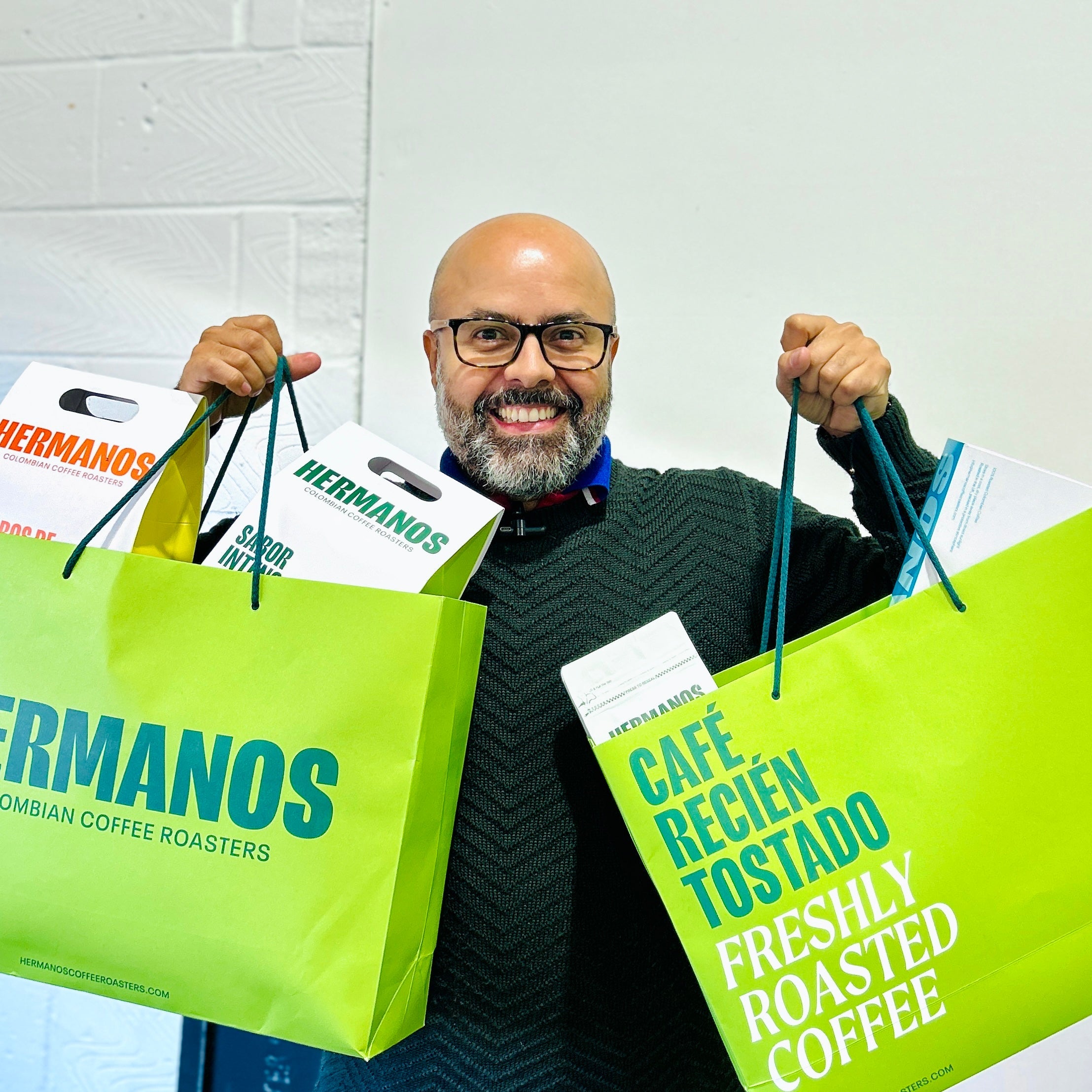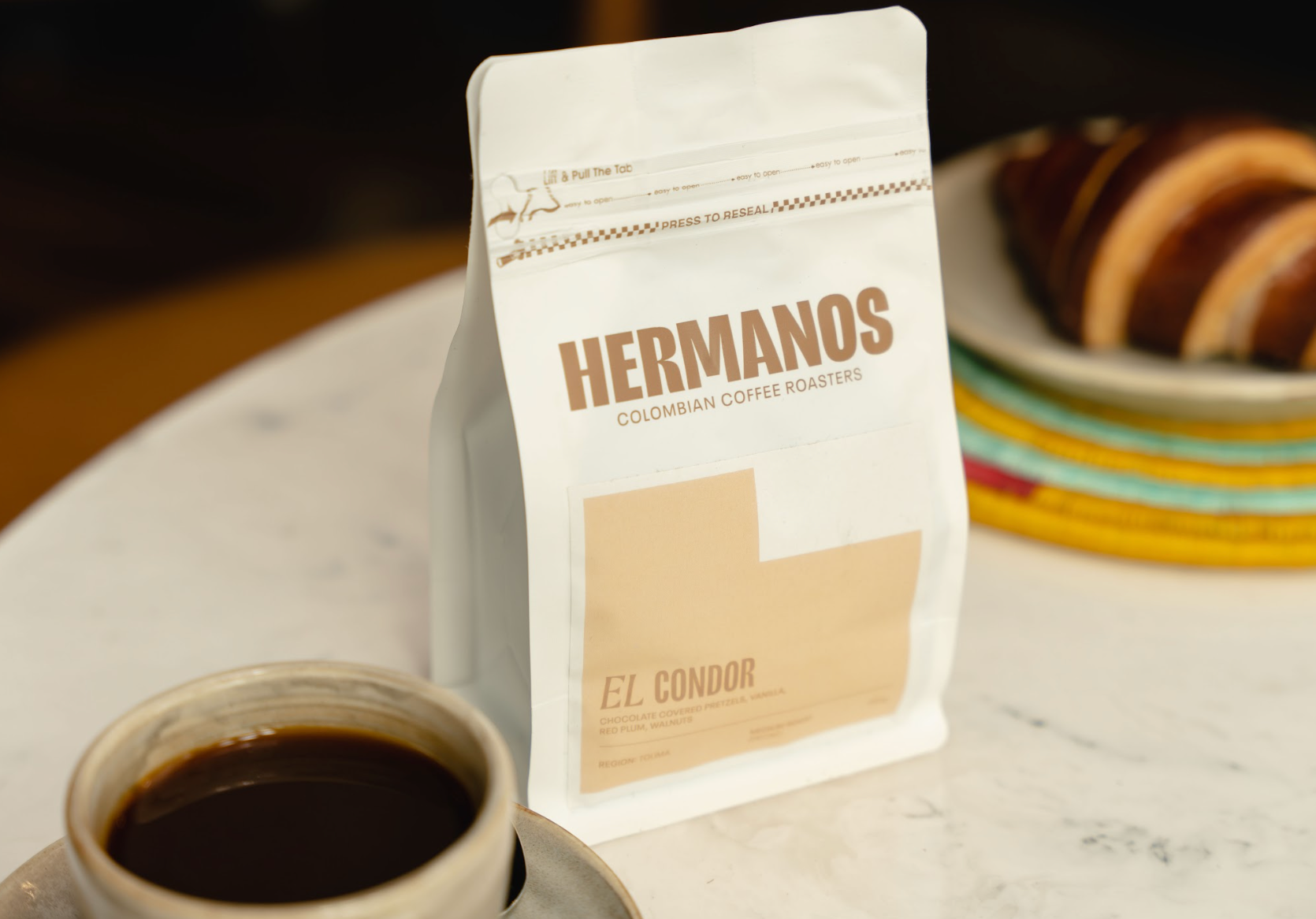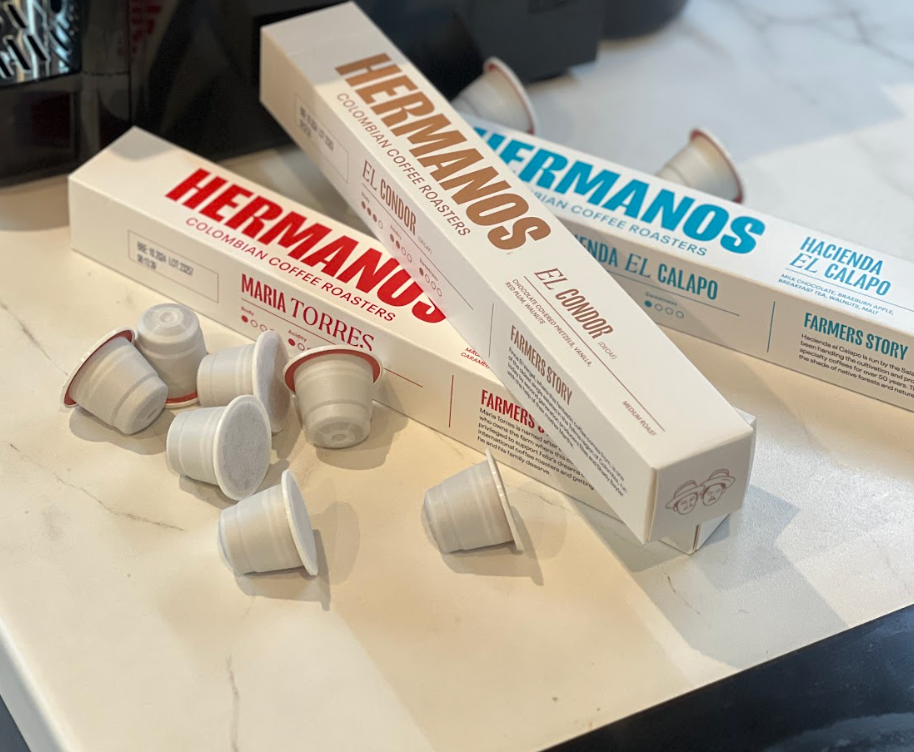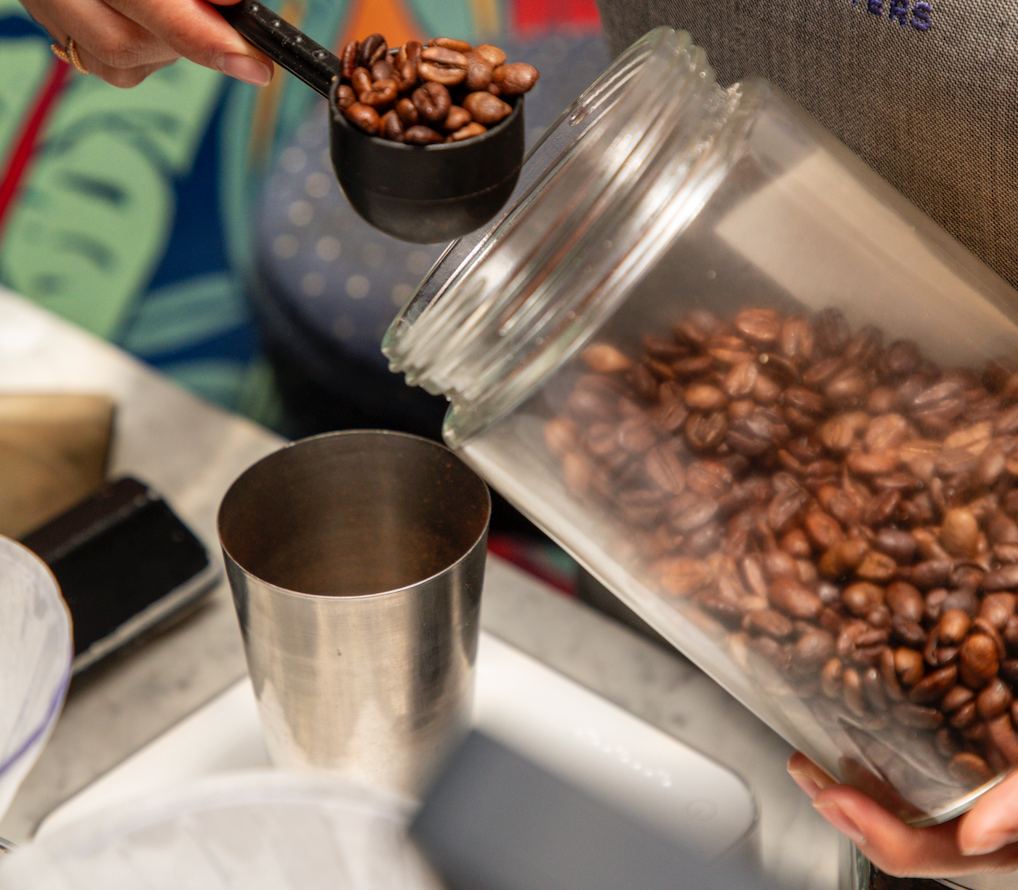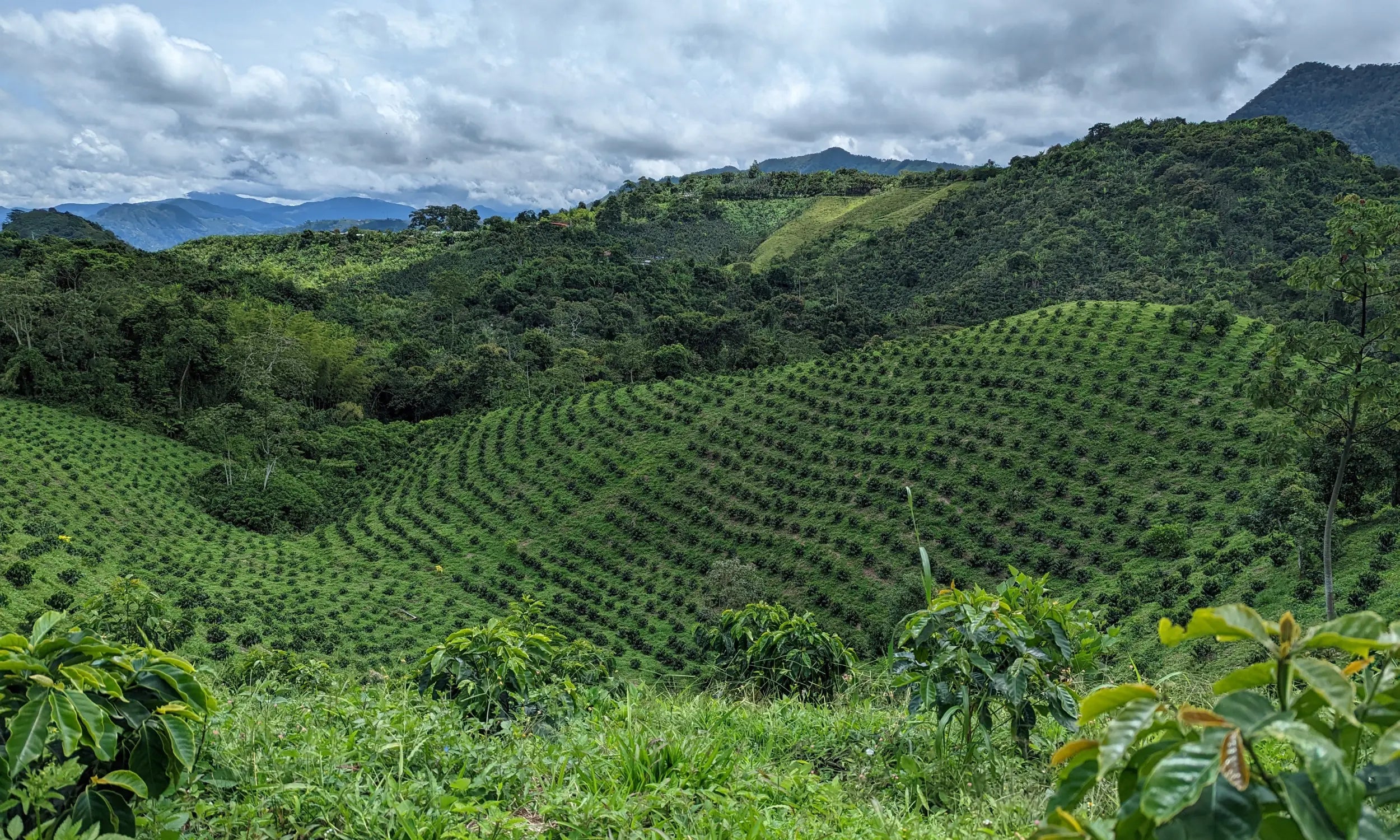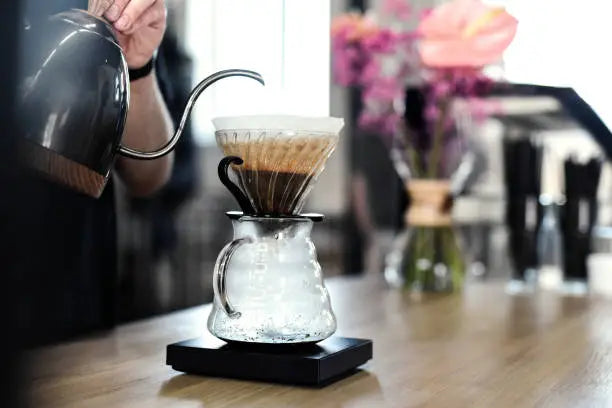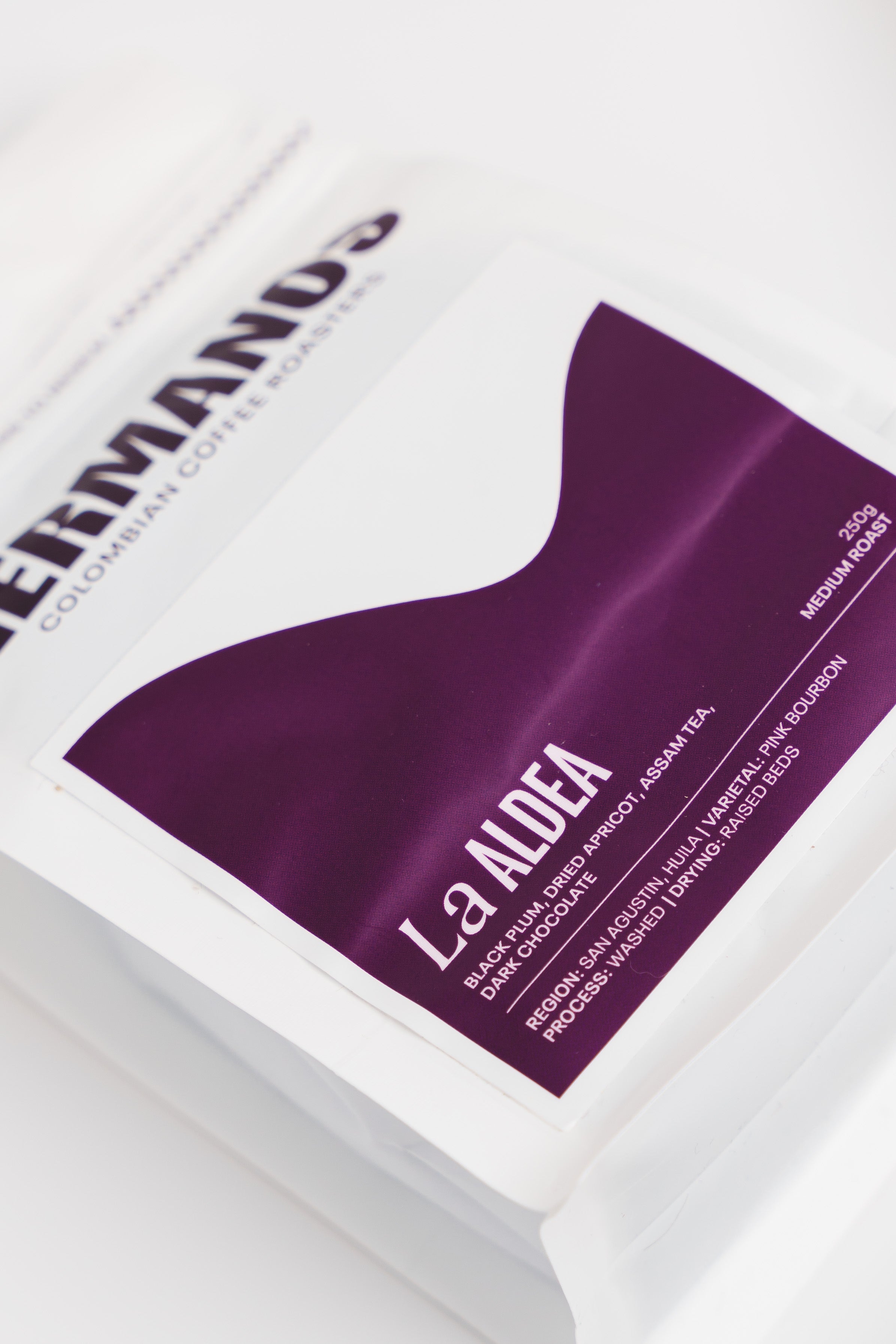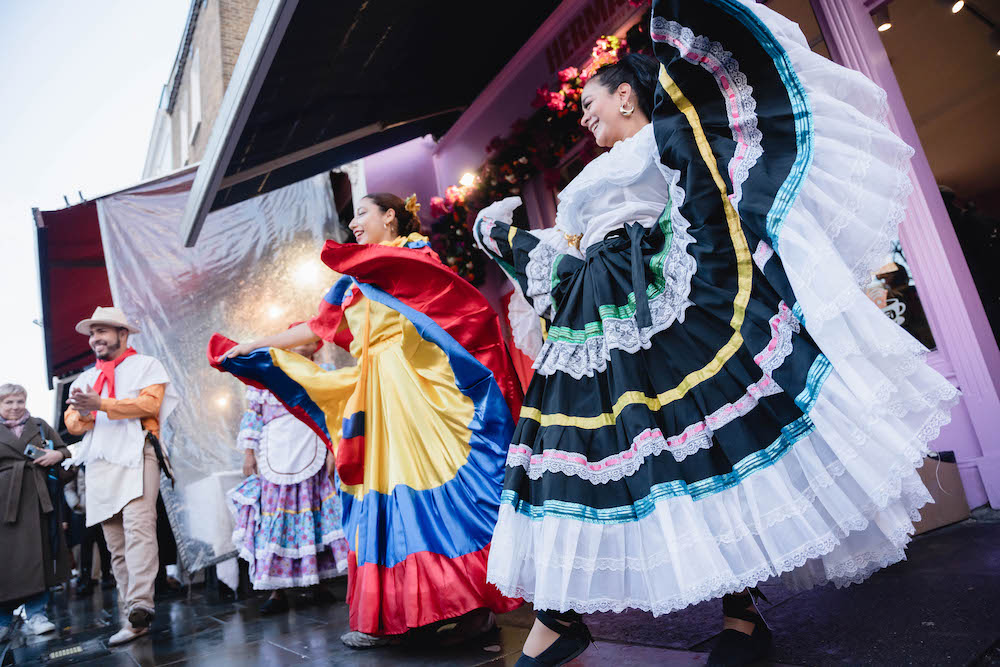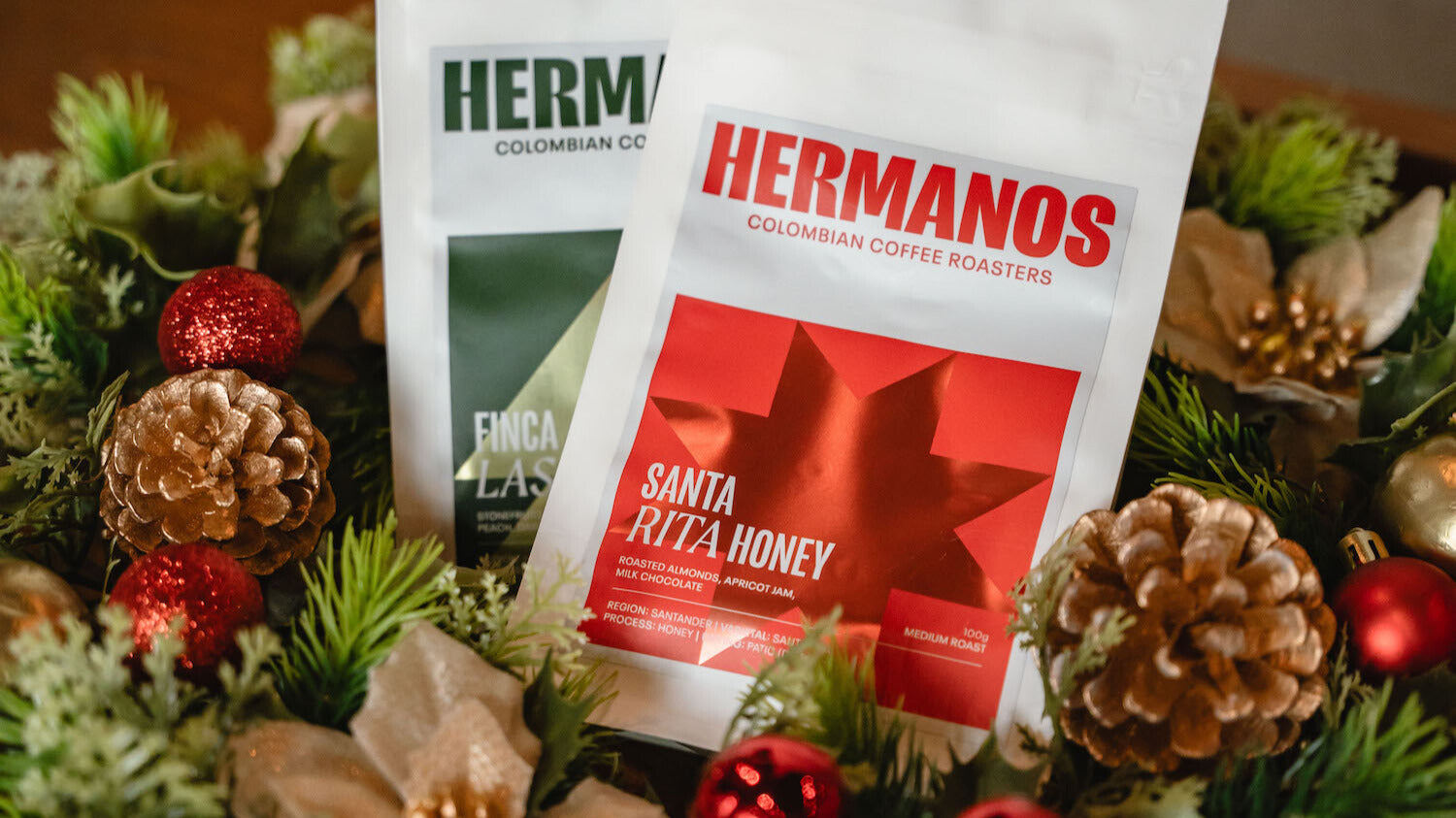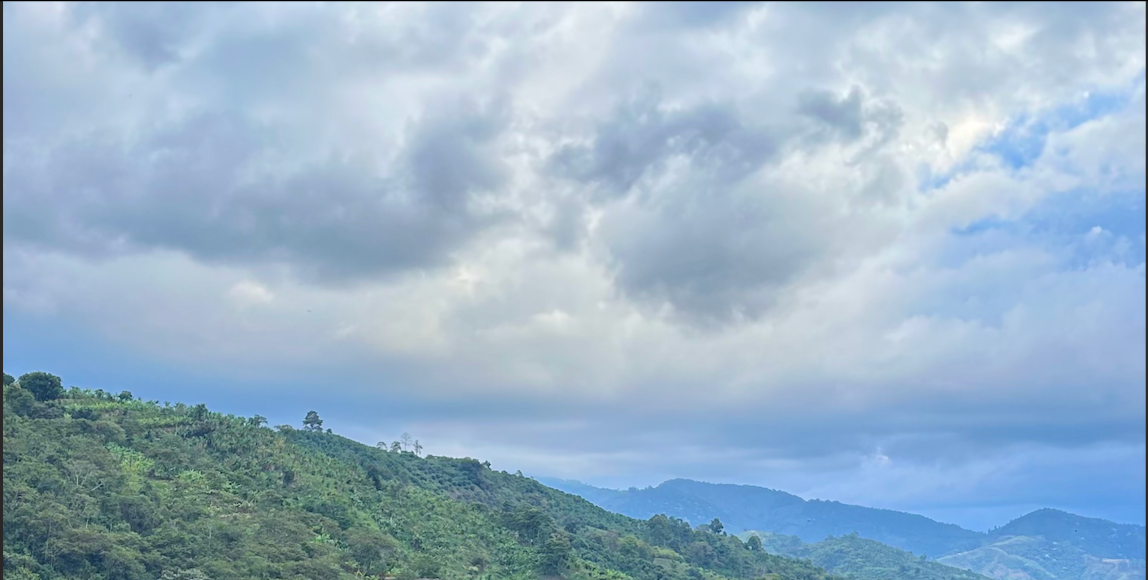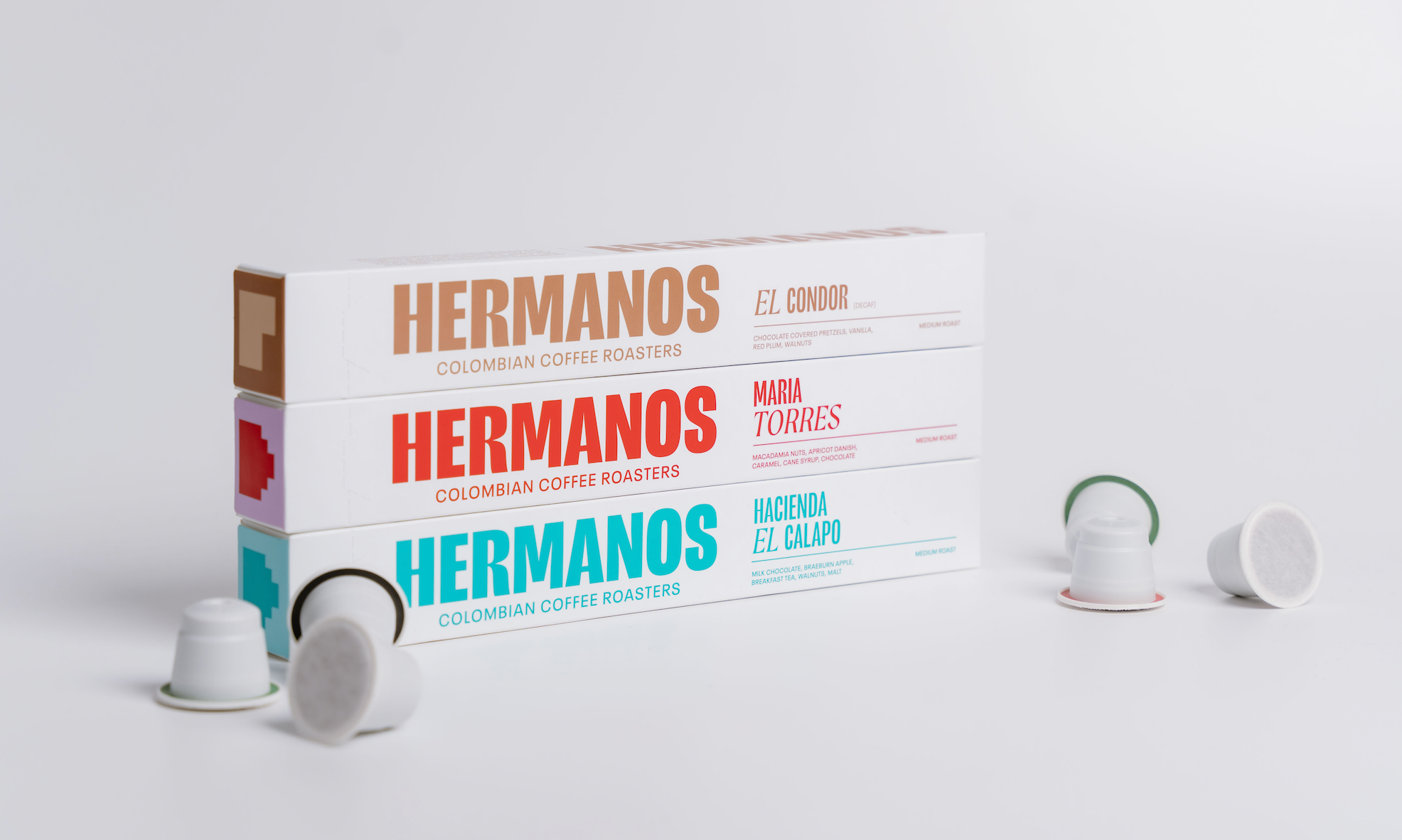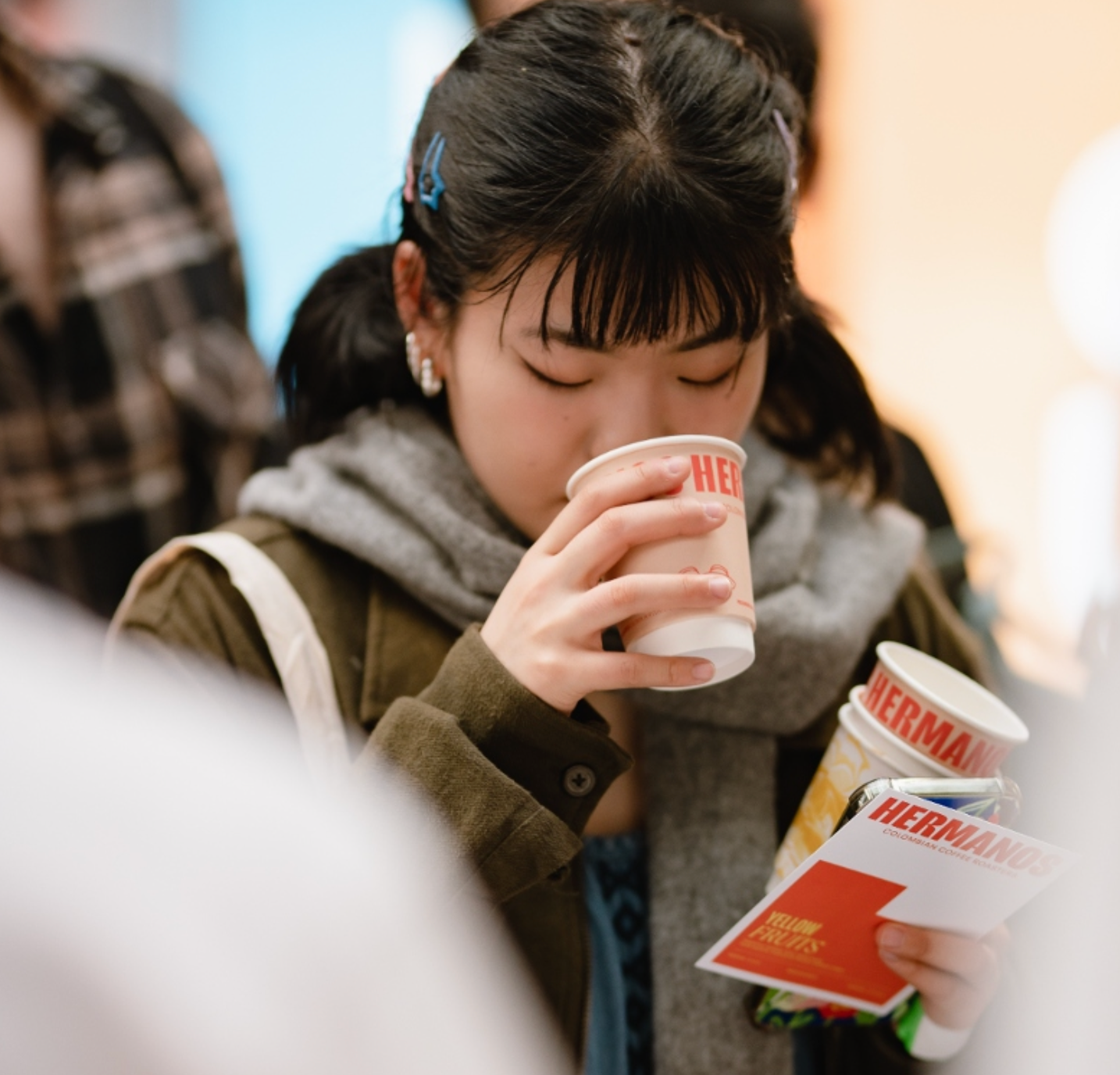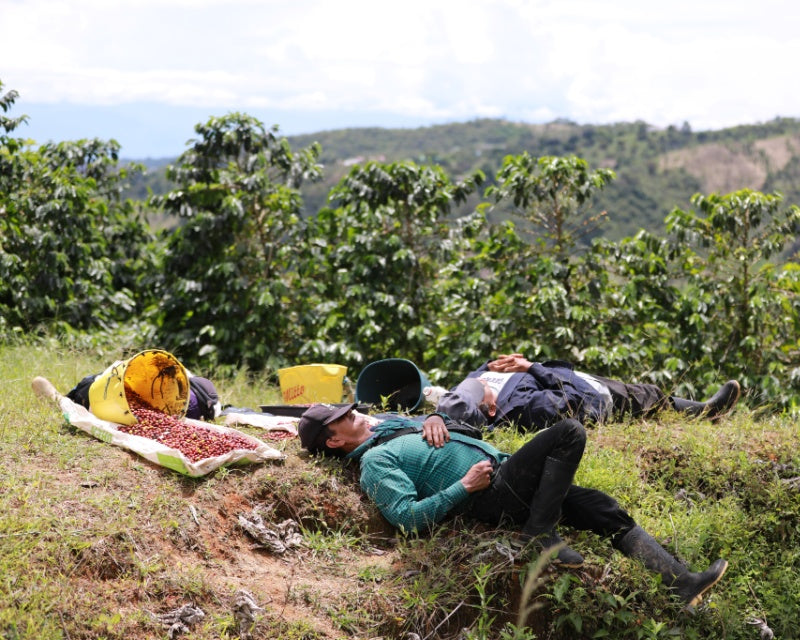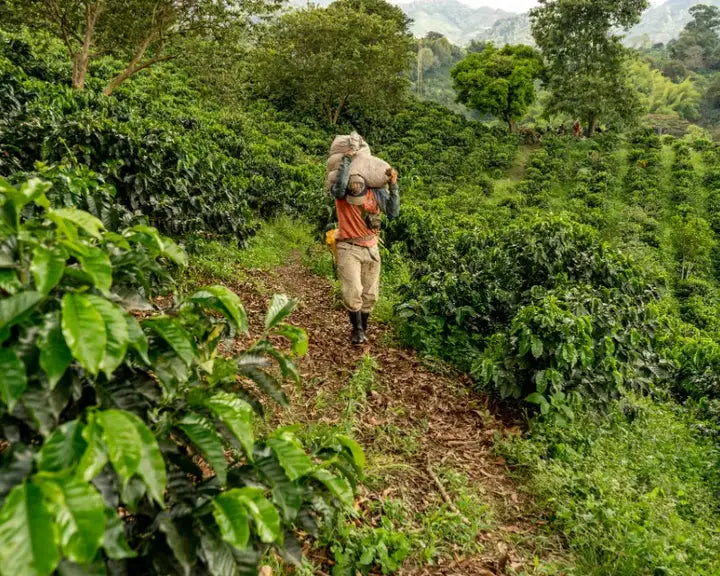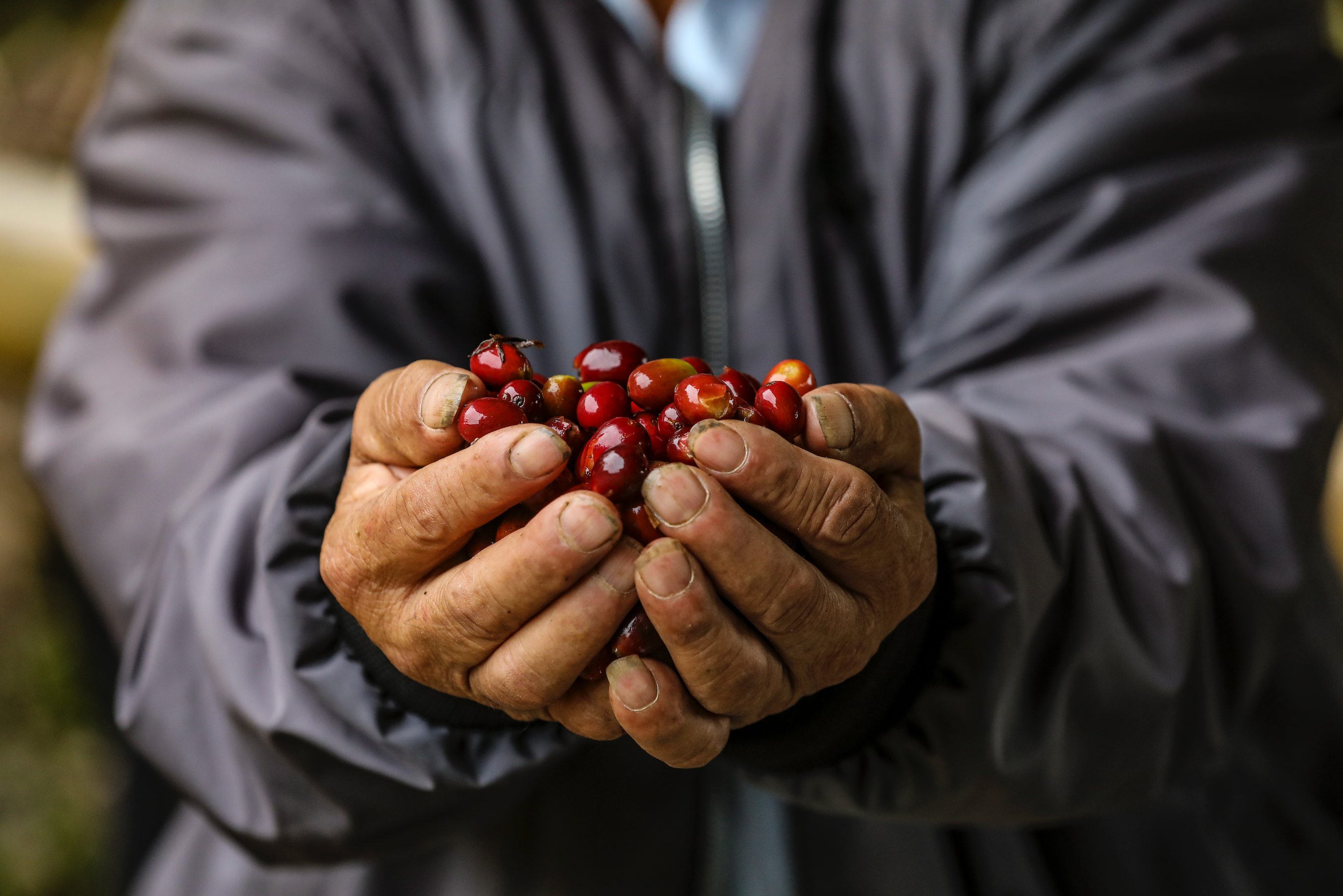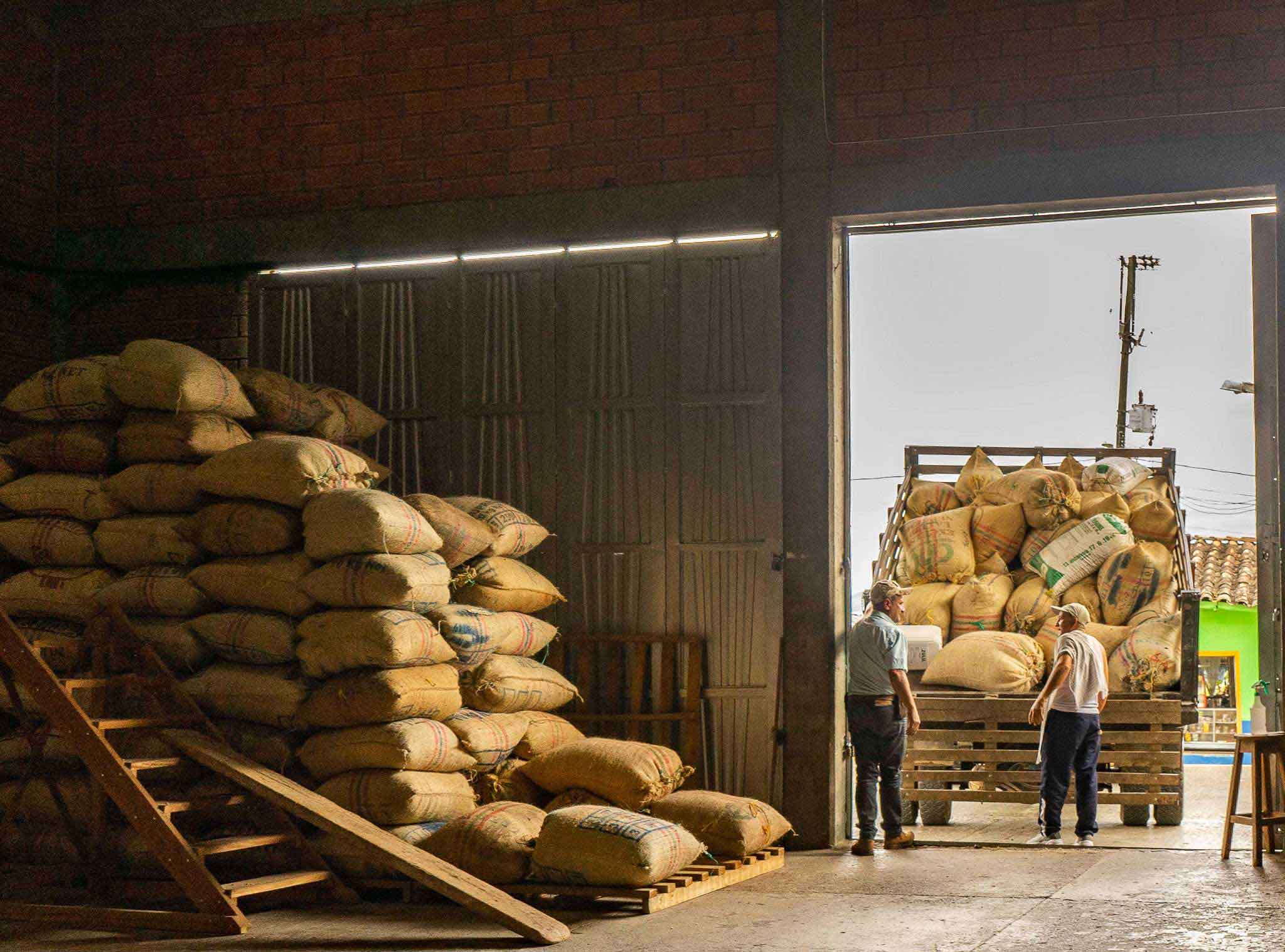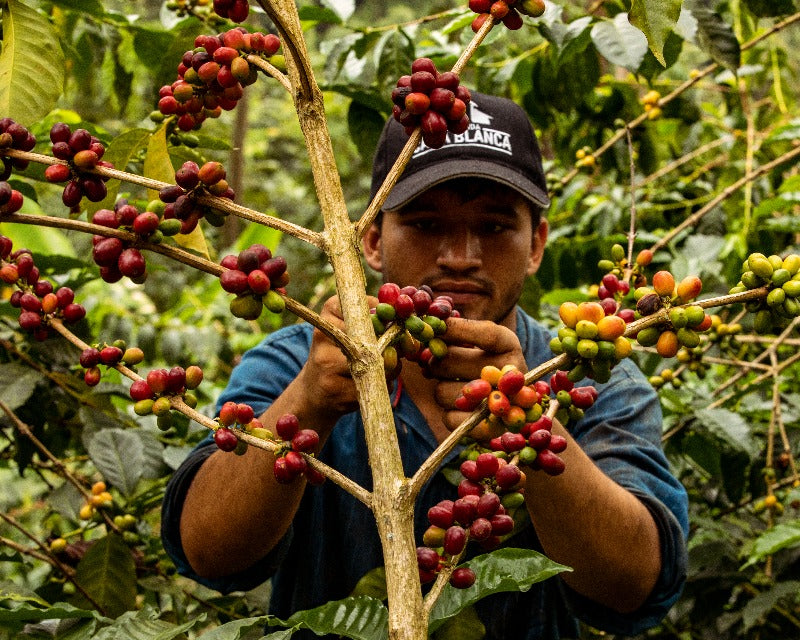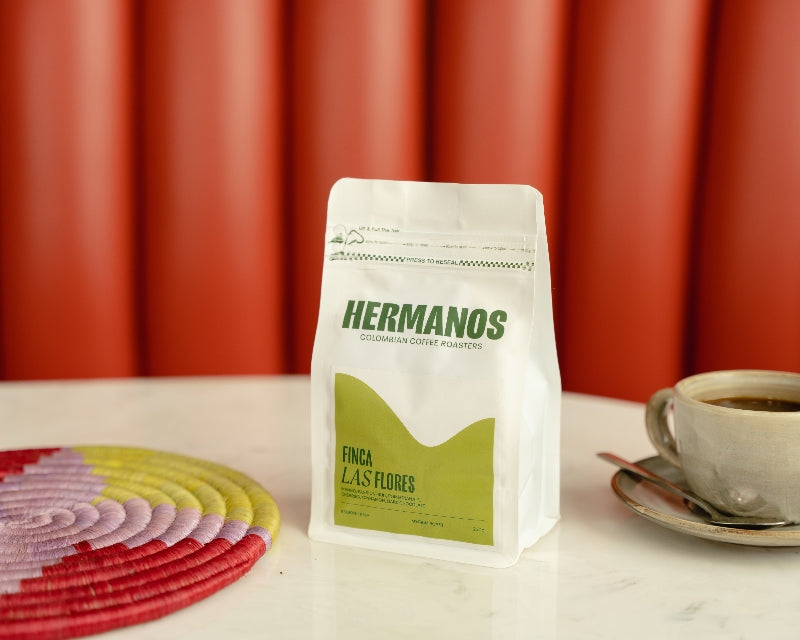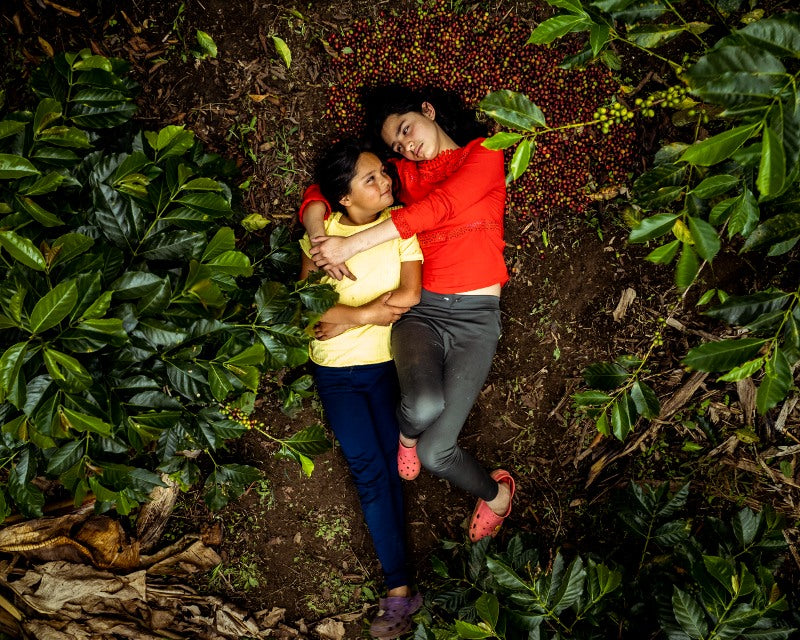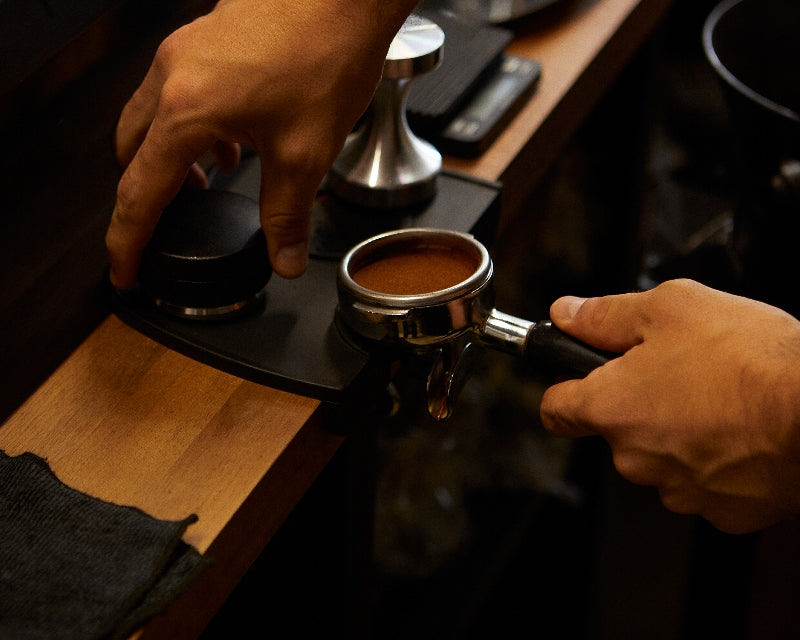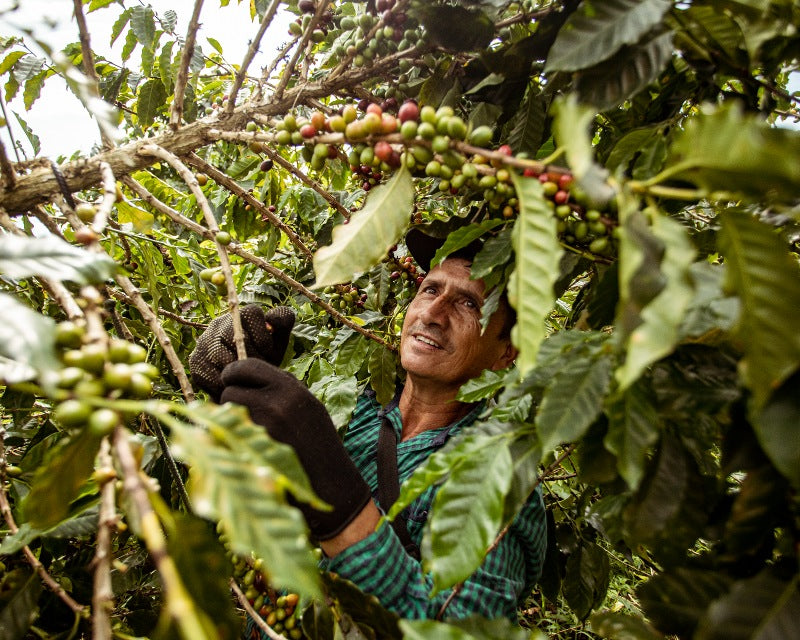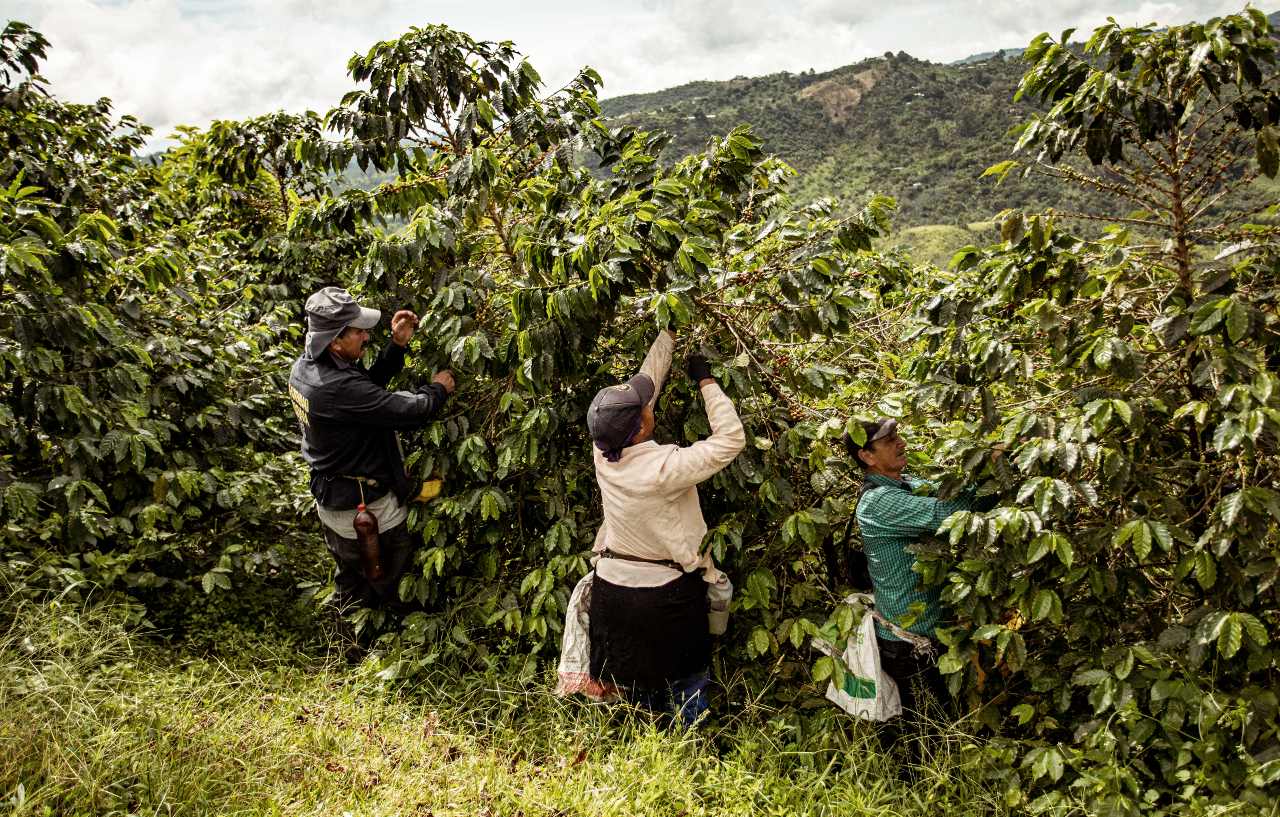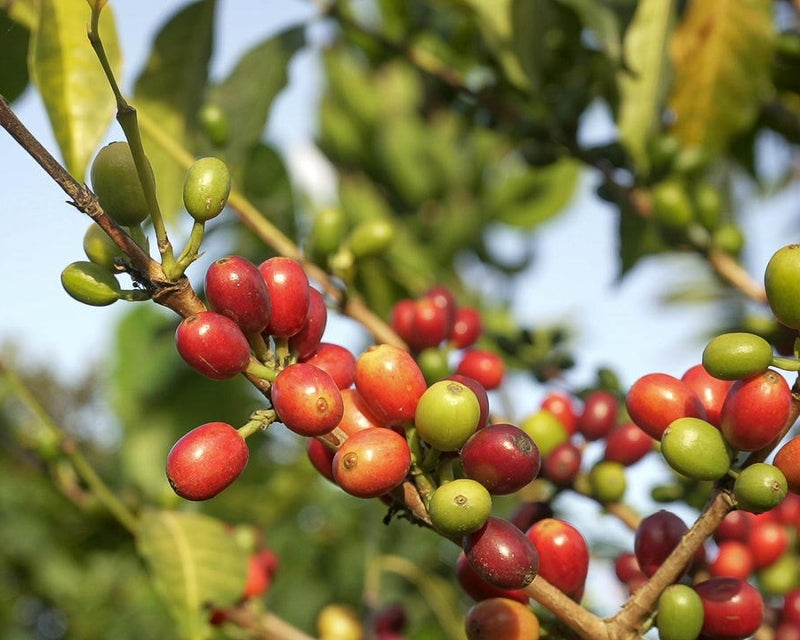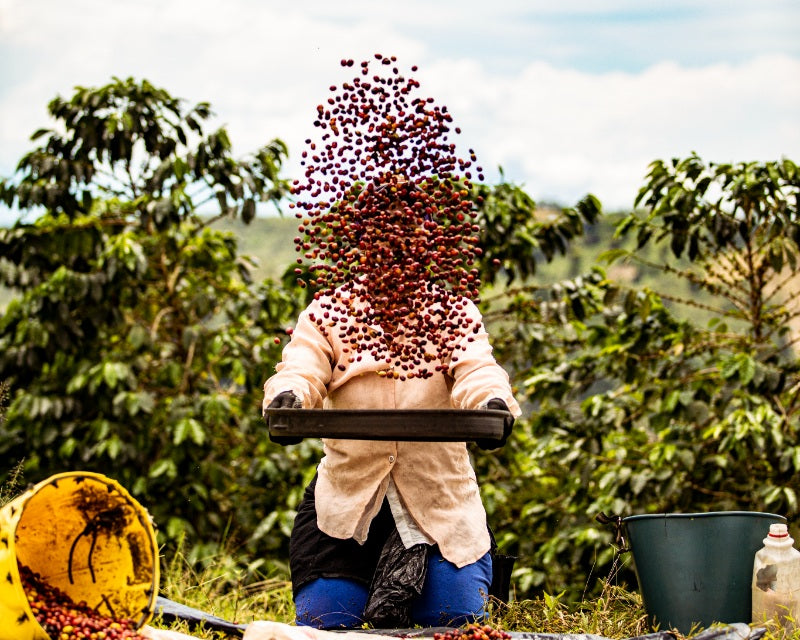If you’re a curious coffee drinker, you may be interested in how your coffee’s quality or its sustainability are impacted by the supply chain.
If you’re a shop owner or coffee roasters like us, you are probably watching very carefully how international export logistics and producer supply capacity is impacting delivery timelines and wholesale prices.
Knowing a little more about how it works (and the threats that it faces) can help you understand just how appreciative we should all be of great coffee when it’s available to us.
Who’s Involved?
Generally, in the supply chain we have: growers, processors, intermediaries, exporters, suppliers, roasters, retailers and consumers. In some cases, not all of these parties are involved, with more direct relations taking place between growers and roasters for example.
1. Coffee Growers
The coffee supply chain starts with coffee growers (also known as producers or farmers).
Some growers operate large plantations and must rely on machine processing for harvesting. Others will be smaller in scale and will tend to a farm of 1 or 2 acres in size.
Harvesting methods used by growers will vary depending on the resources they have available to them, the conditions of the farm (e.g. soil, incline level), their desired outcomes in terms of coffee quality, and other environmental factors.
For instance, in Colombia, many of the producers we work with are family run and located in often rural and hard-to-reach locations making machine harvesting impossible.
Most of our coffees come from these small family run farms and microlots in Colombia.
2. Processors
Growers can process their own coffee, or, where they don’t have the space or facilities to do this, they may use the services of another farmer or a processing facility.
Some sites exist solely to process coffee from nearby farms. And these processing stations will often be run by a cooperative of farmers — a small group sharing equipment for the mutual benefit of everyone.
A processing station and its workers may become the hub that brings together the efforts of a whole community, making it easier to store product, test quality and access export markets. These stations will often also be where quality control is done by the farmers.
3. Exporters
Exporters will generally buy coffee from multiple farms and sell it to international buyers. This is an important part of the coffee supply chain for Colombia in particular as 90% of Colombian coffee being exported.
They will use their knowledge of the industry to source high-quality beans before promoting and selling them to various international markets. This may be through auctions or through existing partnerships with green coffee buyers.
We’re also seeing these organisations evolve due to the increasing demand from specialty coffee buyers for detailed information about the farms that beans are sourced from. There is also higher demand for origin trips so roasters or suppliers can see what conditions look like on the ground for themselves.
These exporters need the correct licences to support international trade (which many individual farms don’t have) and all sales must be logged with the FNC who must grant permission before coffee is transported.
4. Intermediaries
Several individuals and organisations will also exist to support interactions between different parties in the supply chain and help with logistics. For instance, they may connect growers with exporters and buyers; organise transport between farms and holding stations; pack coffee, and generally get things ready for international export.
5. Suppliers
A coffee supplier buys coffee from exporters in the country of origin, such as Brazil, Ethiopia or Colombia, and sells them to roasters in markets like the UK or U.S. They’ll typically deal in large quantities and may have several long-term relationships with an existing customer base of roasters.
Suppliers deal in green coffee, which is the best way to preserve freshness before the roasting process.
6. Roasters
Roasters are the people who transform green coffee beans into beans that can actually used to make coffee, which is what we do at Hermanos. There’s a great level of skill involved in the process of roasting, and many roasteries will have their own house style or approach.
Some, like us, will deal only in single origin coffees from a particular location, while others will roast and blend a combination of beans from several locations.
Each company and roastery will have unique values, approaches to roasting and sourcing. Prices can vary massively depending on where roasters get their beans from and the types of relationships they have with other parties in the supply chain.
For instance, a coffee roasters operating in the UK may work with an exporter in the country of origin, or, more directly with growers and cooperatives. This can give them greater insights into how the coffee is grown and reduce prices.
Importantly, relationships between certain roasters and growers have helped the specialty coffee market mature, with roasters communicating to farmers the needs of the market so that approaches can be adapted and new types of coffee grown — increasing market potential and the desirability of certain coffees.
Larger roasters may ship the final product to supermarkets, coffee shops, restaurants, hotels, and anyone else who wants to get their hands on wholesale coffee.
At Hermanos we work closely with farmers to build sustainable relationships. You can buy a variety of coffees from us from different regions Colombia all roasted to bring the most out of our coffees.
7. Retailers and Cafes
Coffee is sold in a variety of places at the end of the supply chain.
A specialty coffee shop or cafe prescribing to “third wave coffee” principles will (in theory) place a great deal of importance on the intricacies of the supply chain and the journey taken by its coffee beans, while others may focus more on purchasing large quantities for a low price.
Because we make sure that we work directly with suppliers we can ensure that we work towards a more sustainable future for coffee and empower the communities in Colombia. So, when you buy a coffee or a bag of beans from us you know are aware of every step of the journey.
Hermanos has outlets throughout London. If you are interested in visiting a shop to see the last stage of the coffee supply chain you can visit us here.
The Journey of a Coffee Bean
To look at things a different way, below are the different stages coffee beans go through before they reach the consumer: growing, harvesting, processing, transportation, packing, shipping, roasting, purchase,grinding, brewing and drinking.
Potential Threats to the Supply Chain
No matter how robust our coffee supply chain is, or how strong our relationships are with our partners in Colombia, a number of threats always exist to us as importers and roasters. There is unavoidable risk and uncertainty that can impact the smooth delivery of products to consumers, as well as price.
-
The threat of disease, significant rain or changing temperatures (as a result of climate change) mean coffee yields may vary substantially from year to year.
-
Many farms are located in rural parts of Colombia where road conditions are poor and frequent landslides can cause delays.
-
Similarly, a lack of technology and communication infrastructure in rural locations can make it harder for farmers to coordinate with exporters and buyers, meaning more traditional smallholder farms (which have excellent coffee!) find it hard to liaise with partners remotely.
-
Issues with international shipping and transportation will always impact the speed of deliveries, and in many cases, the cost that importers face.
-
Political instability such as protests and strikes can make it harder for products to be transported on time within Colombia. It also makes it difficult for international buyers to visit farms themselves.
Due to these risks, many businesses are forced to build redundancy into their supply chains. For instance, some have broadened their sourcing parameters so they're not only getting beans from single-origin.
Others have swapped long-term strategies for procurement (to support the brand and accommodate customer taste preferences) with more ad-hoc decisions to source coffee that’s simply available and well-priced at any given time.
The coffee supply chain comes with an inherent degree of risk and uncertainty
How We Source Our Colombian Coffee Beans
Not all supply chains are the same. At Hermanos, we try to keep things as simple as possible and, whenever possible, work directly with farmers and cooperative groups in the Colombian coffee triangle and beyond.
We find this is the best way to really understand the story behind the beans and make sure money is flowing to the right places.
Discover Our Full Collection of Colombian Coffee Beans!






